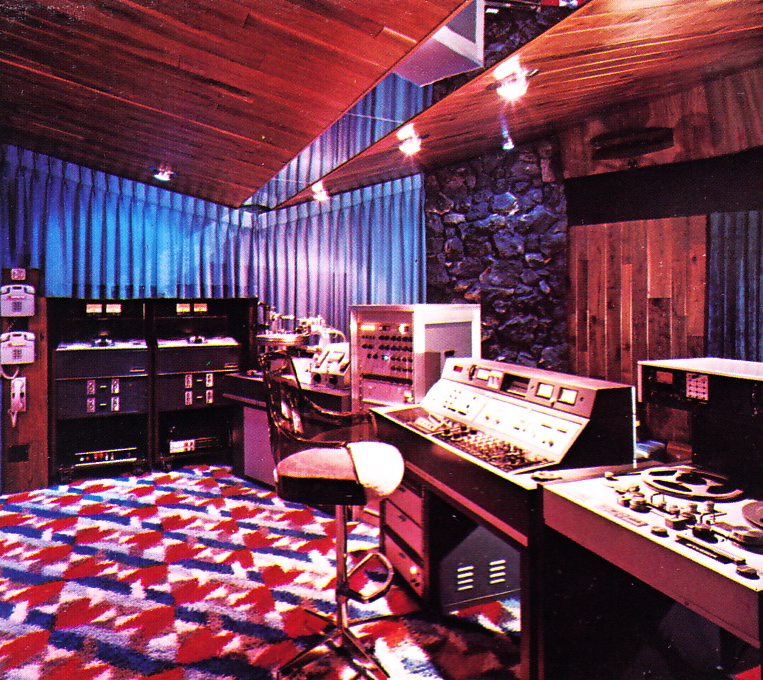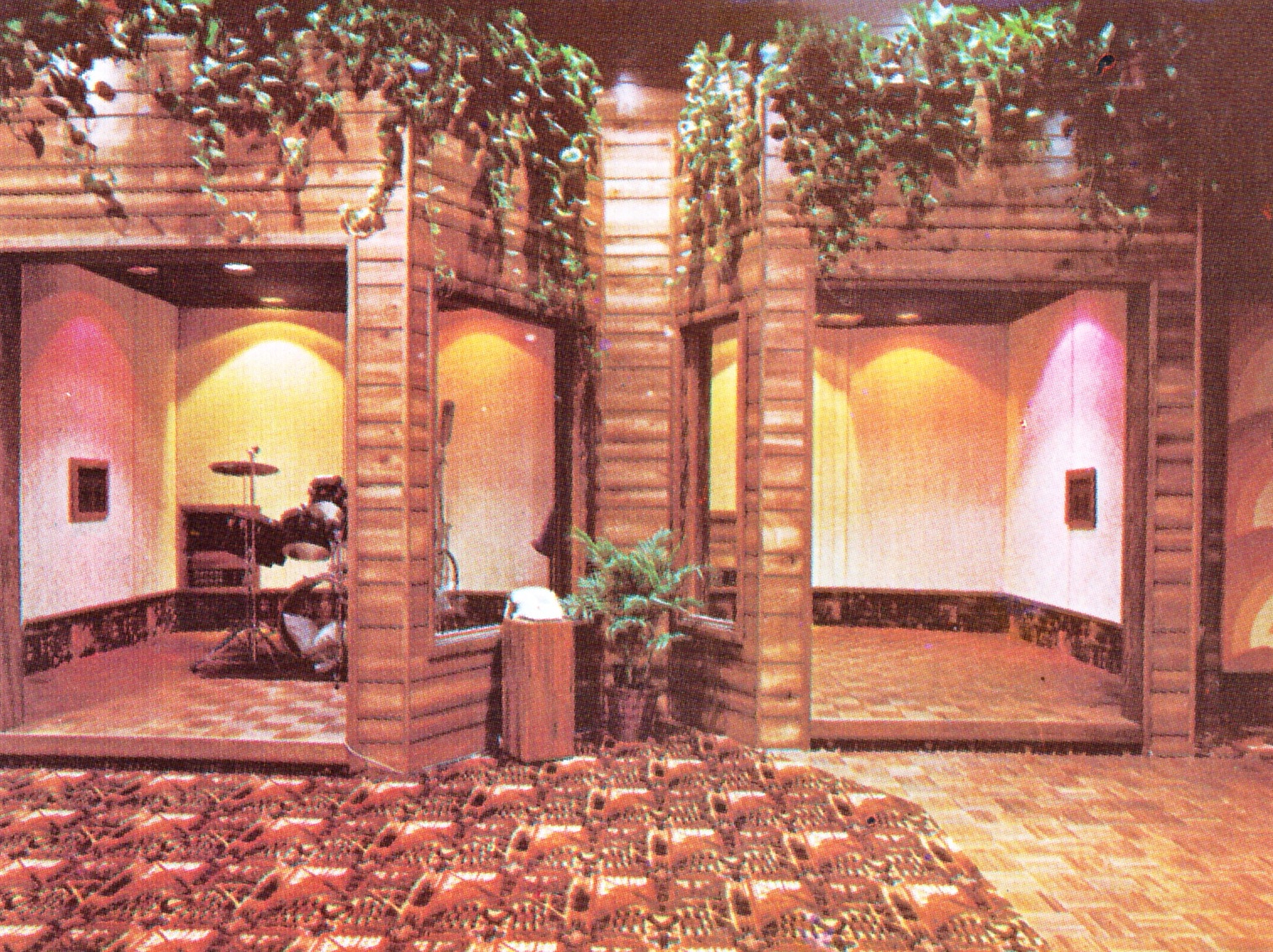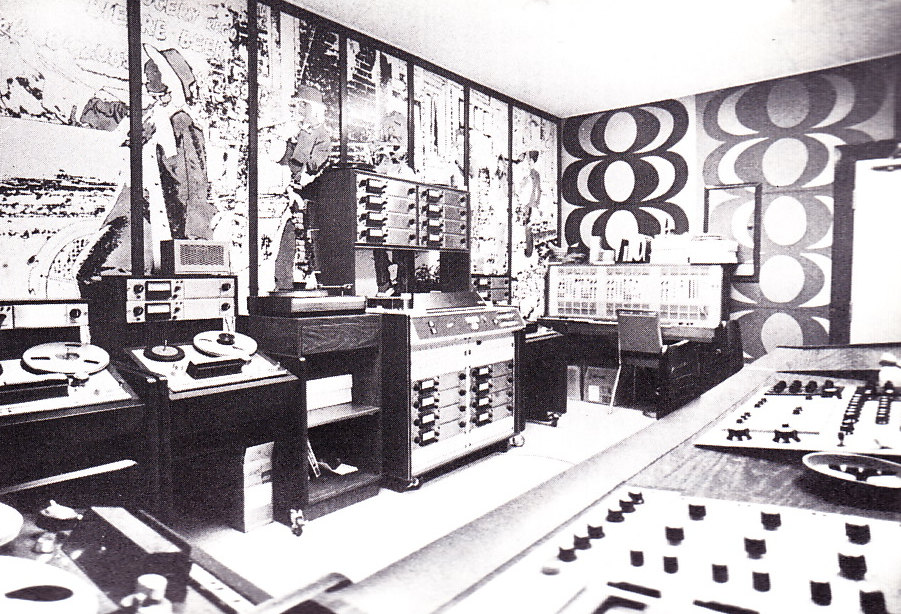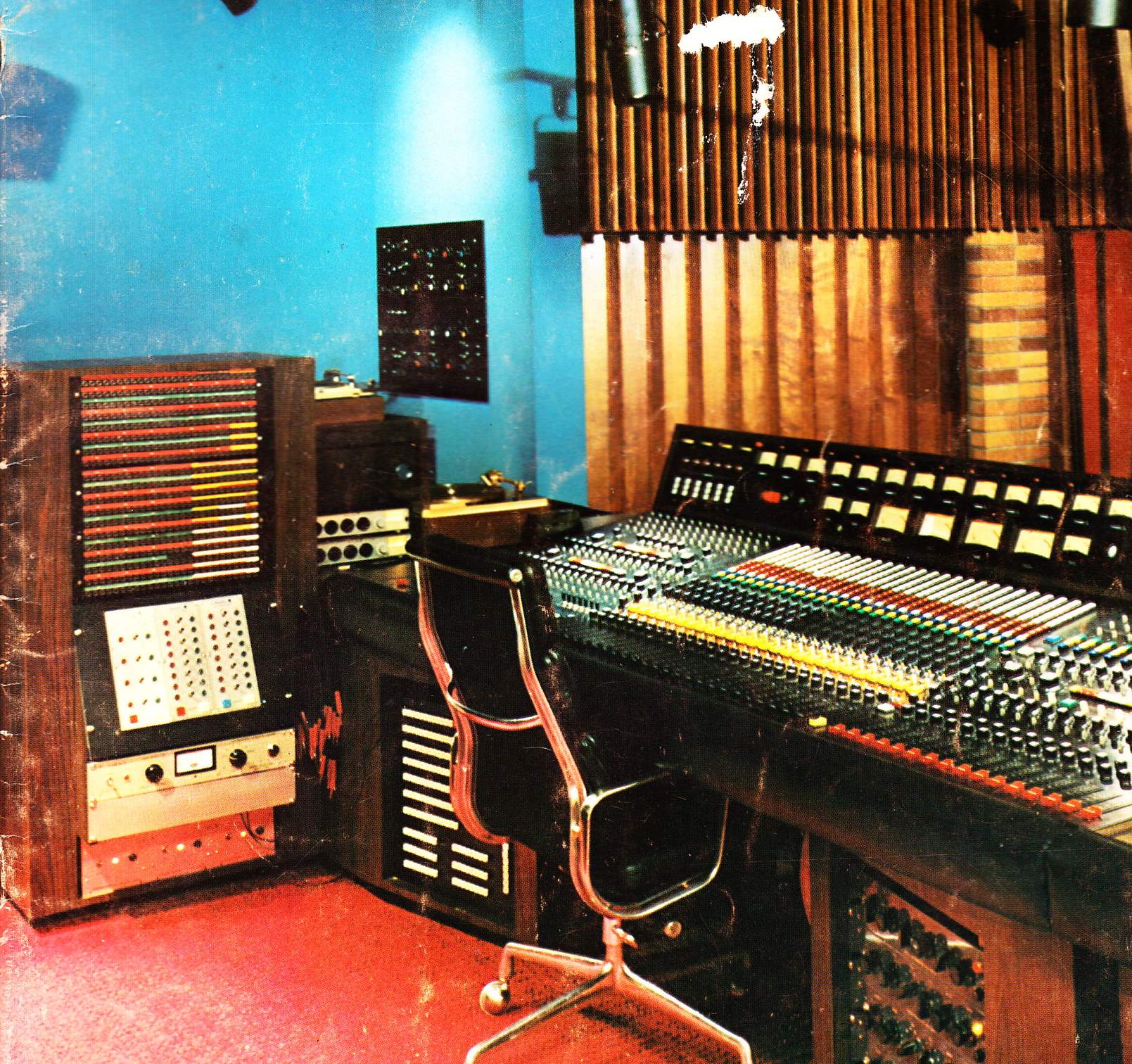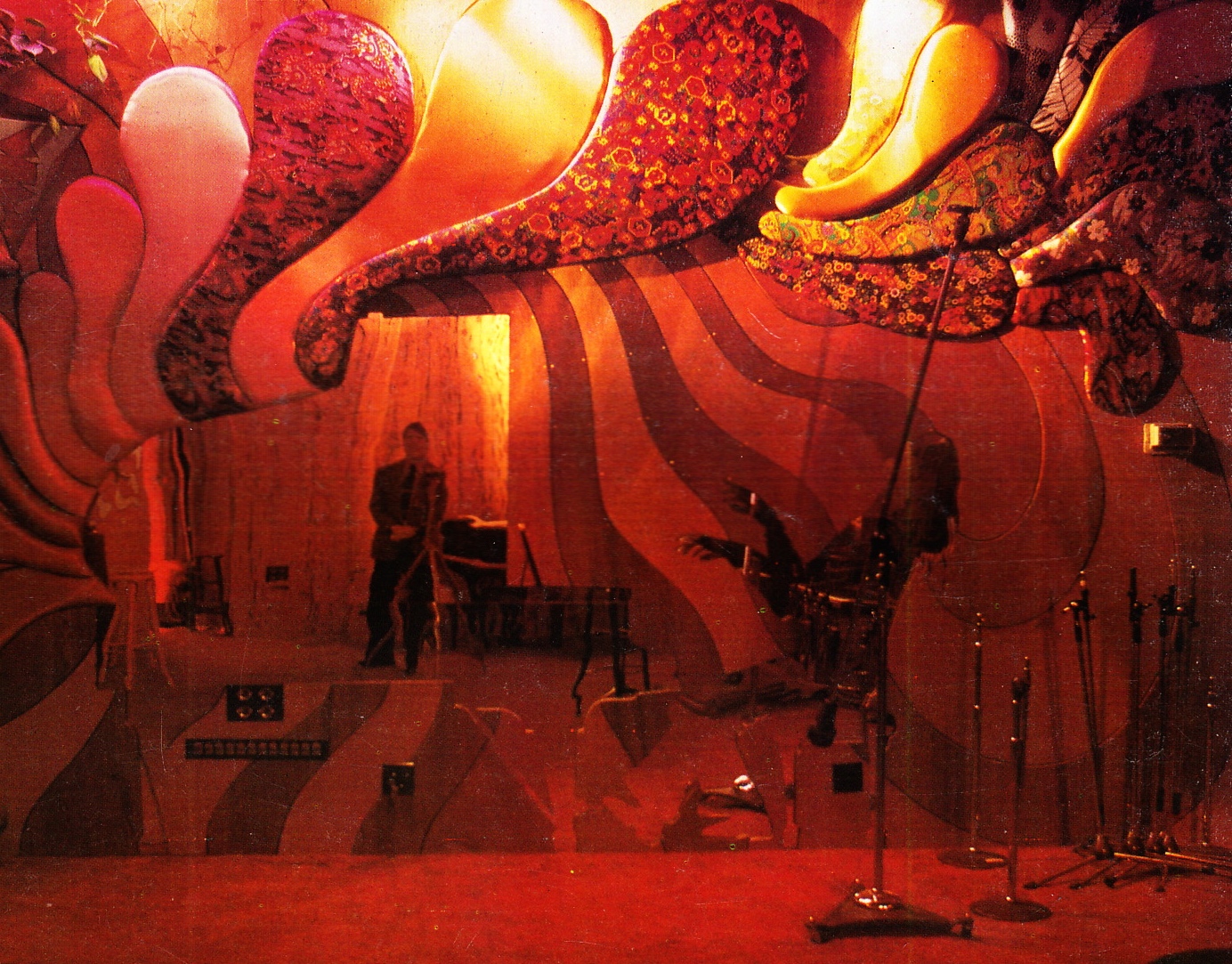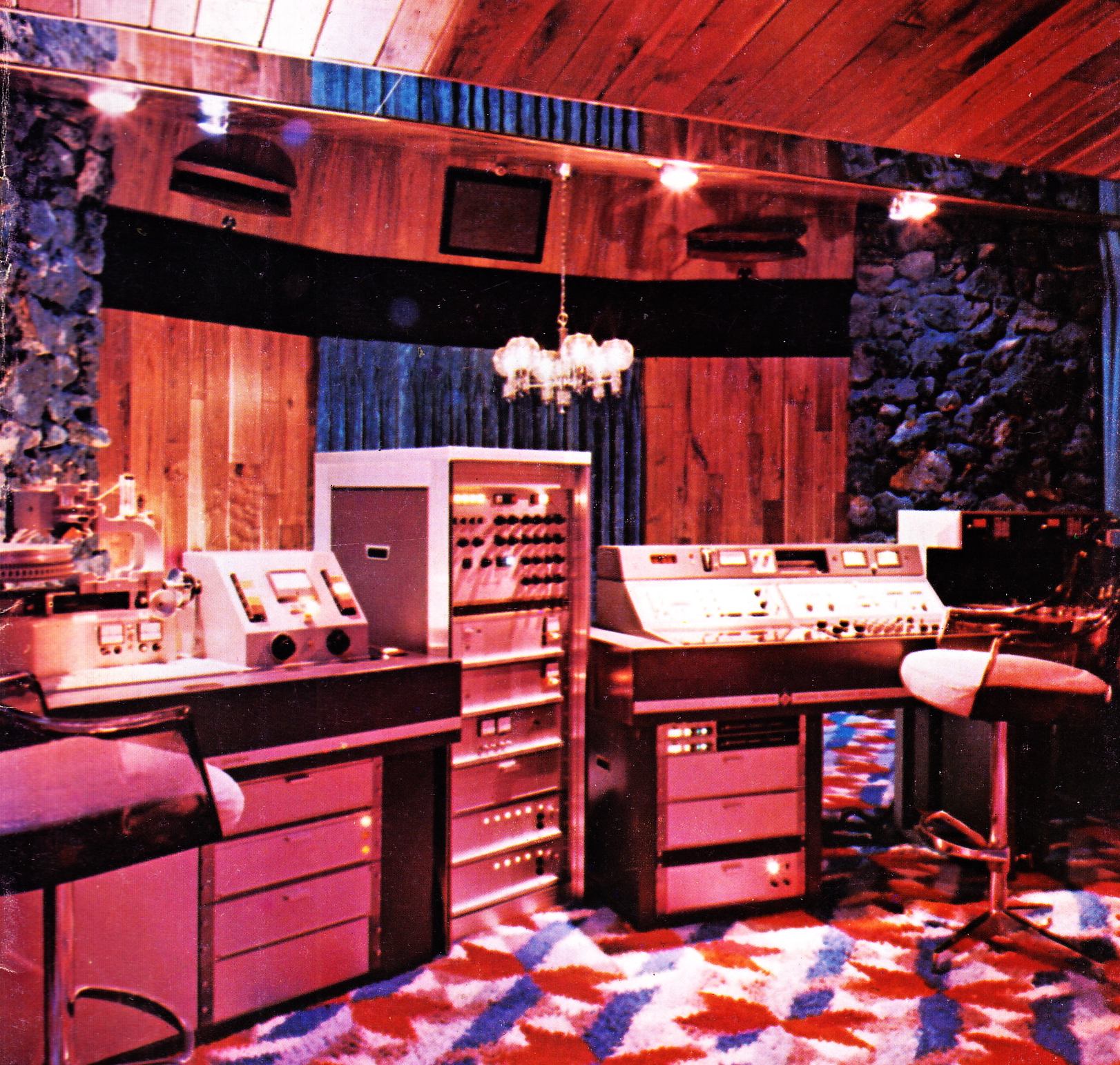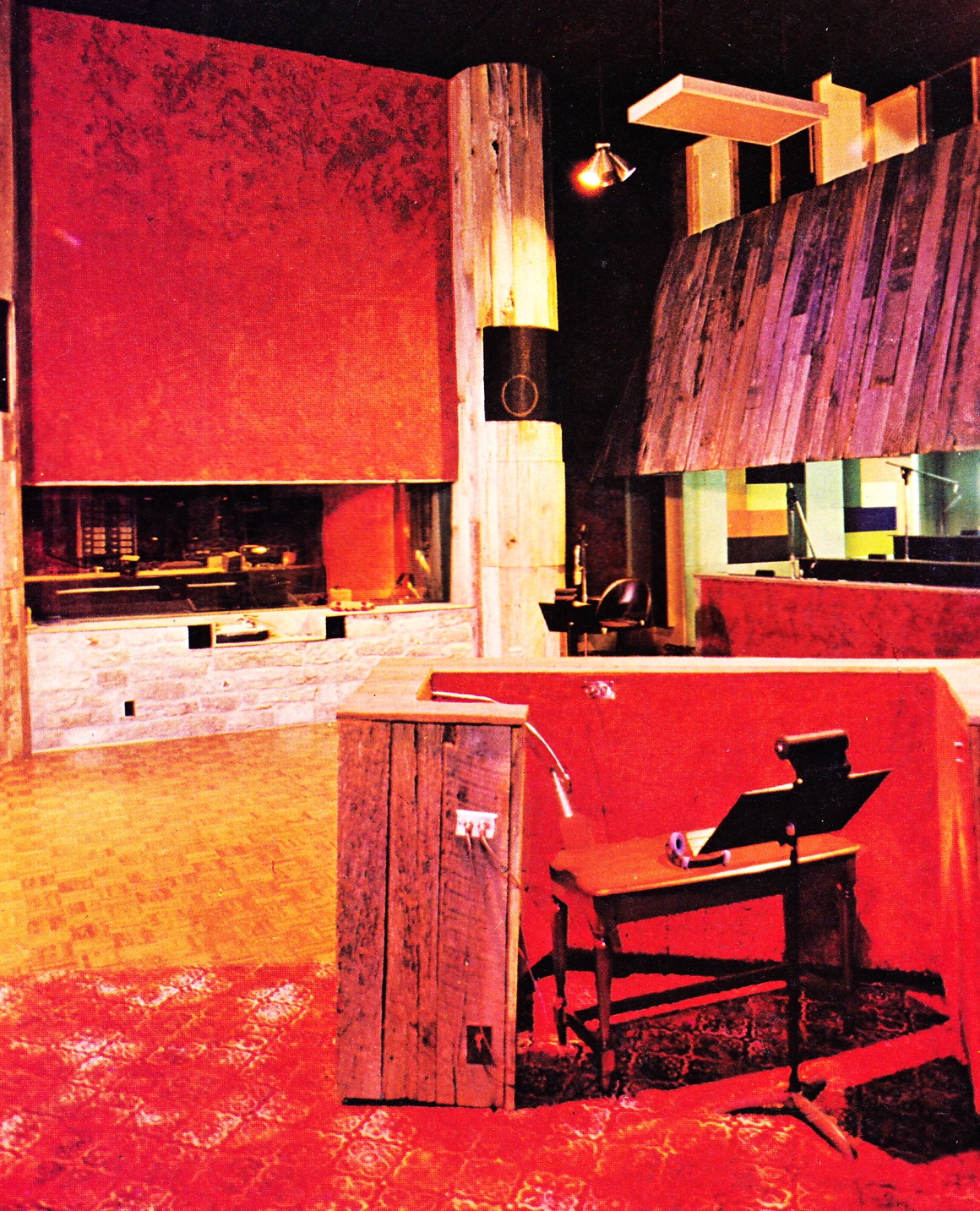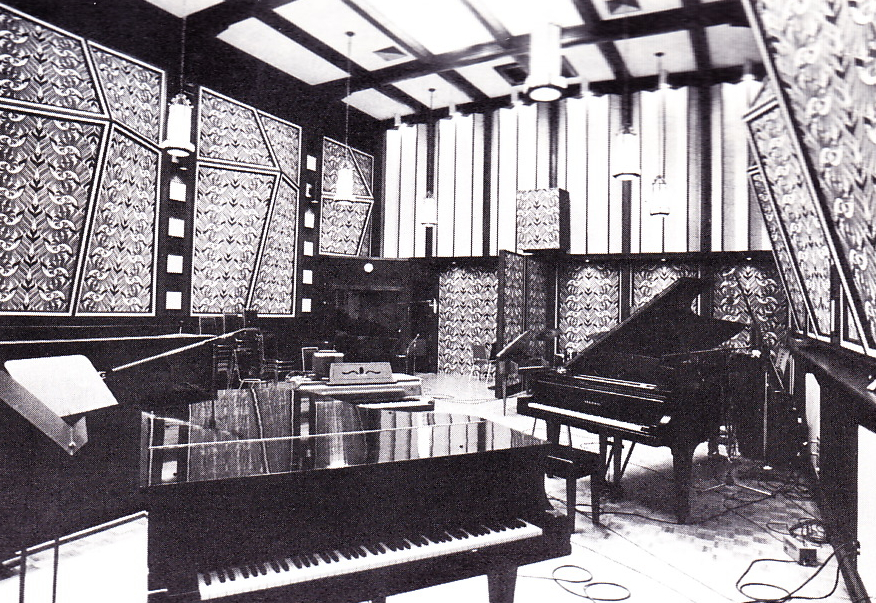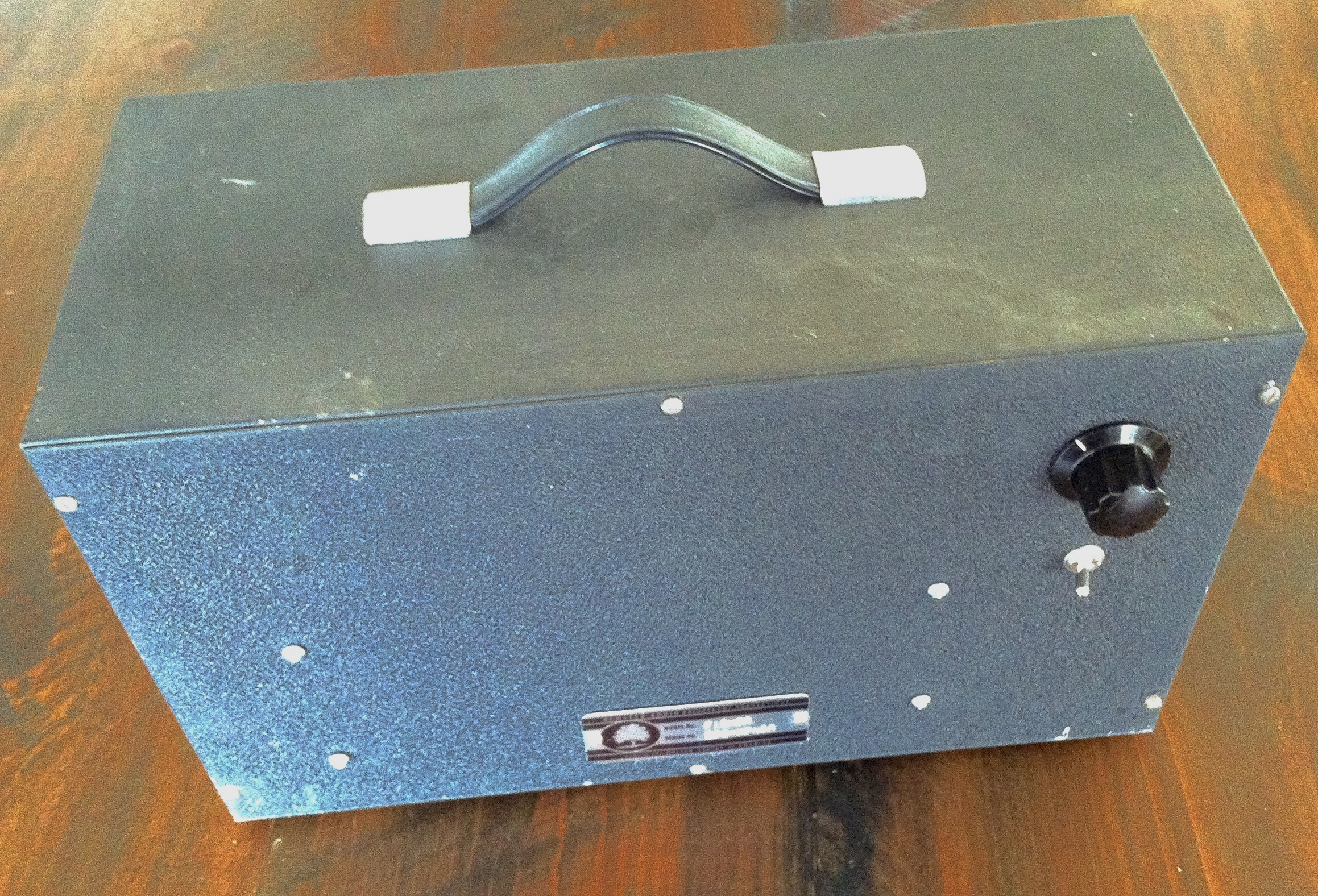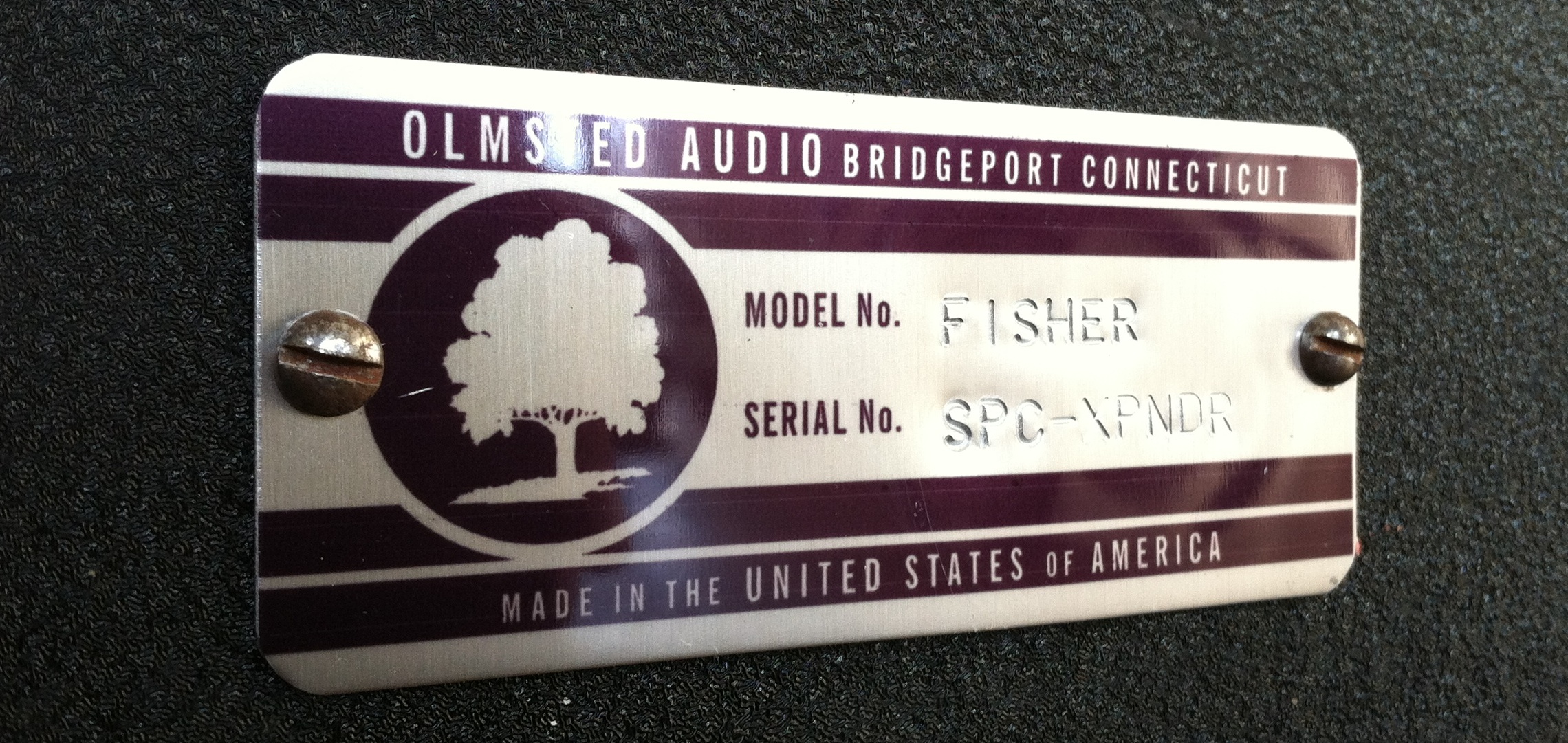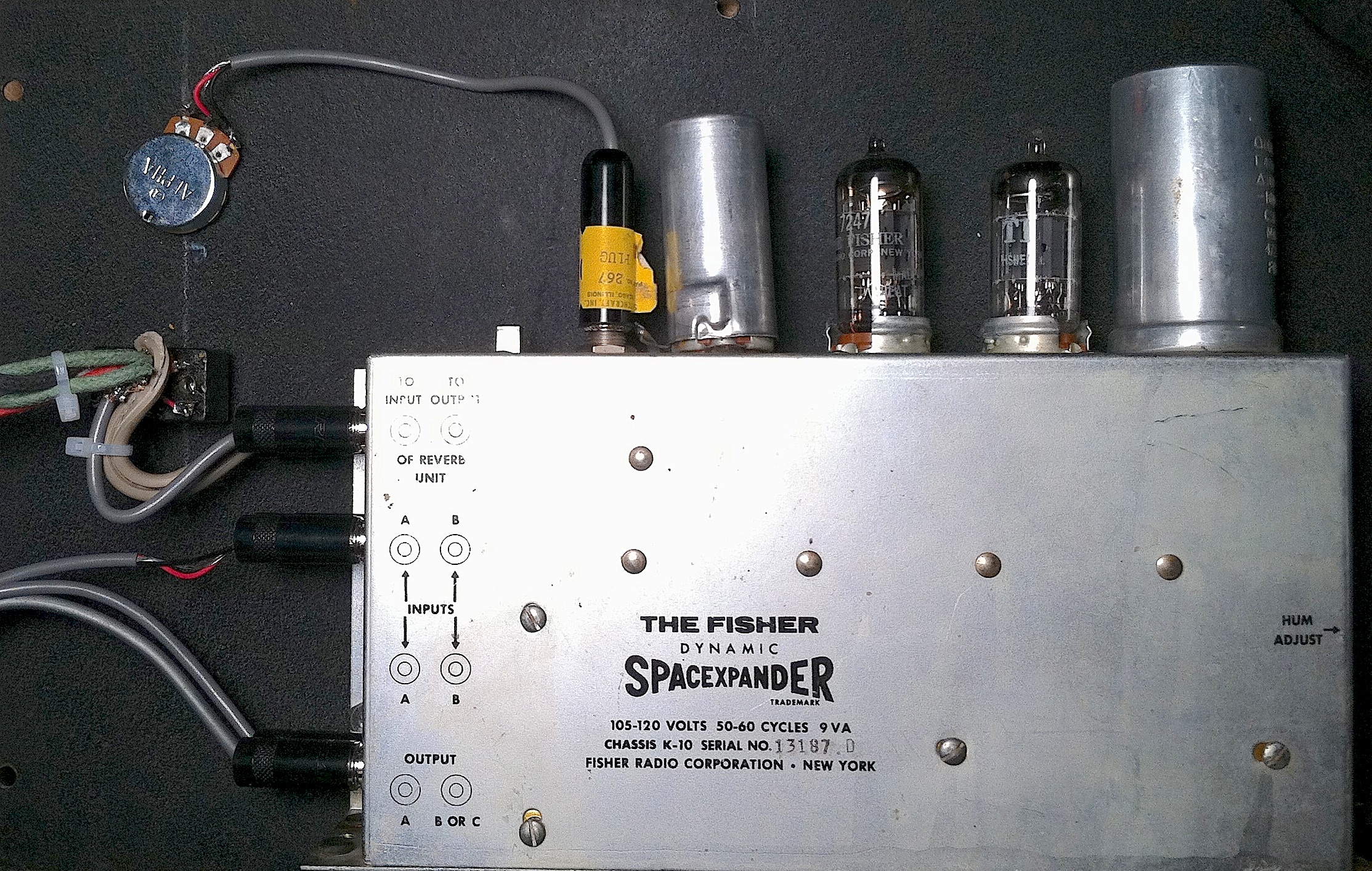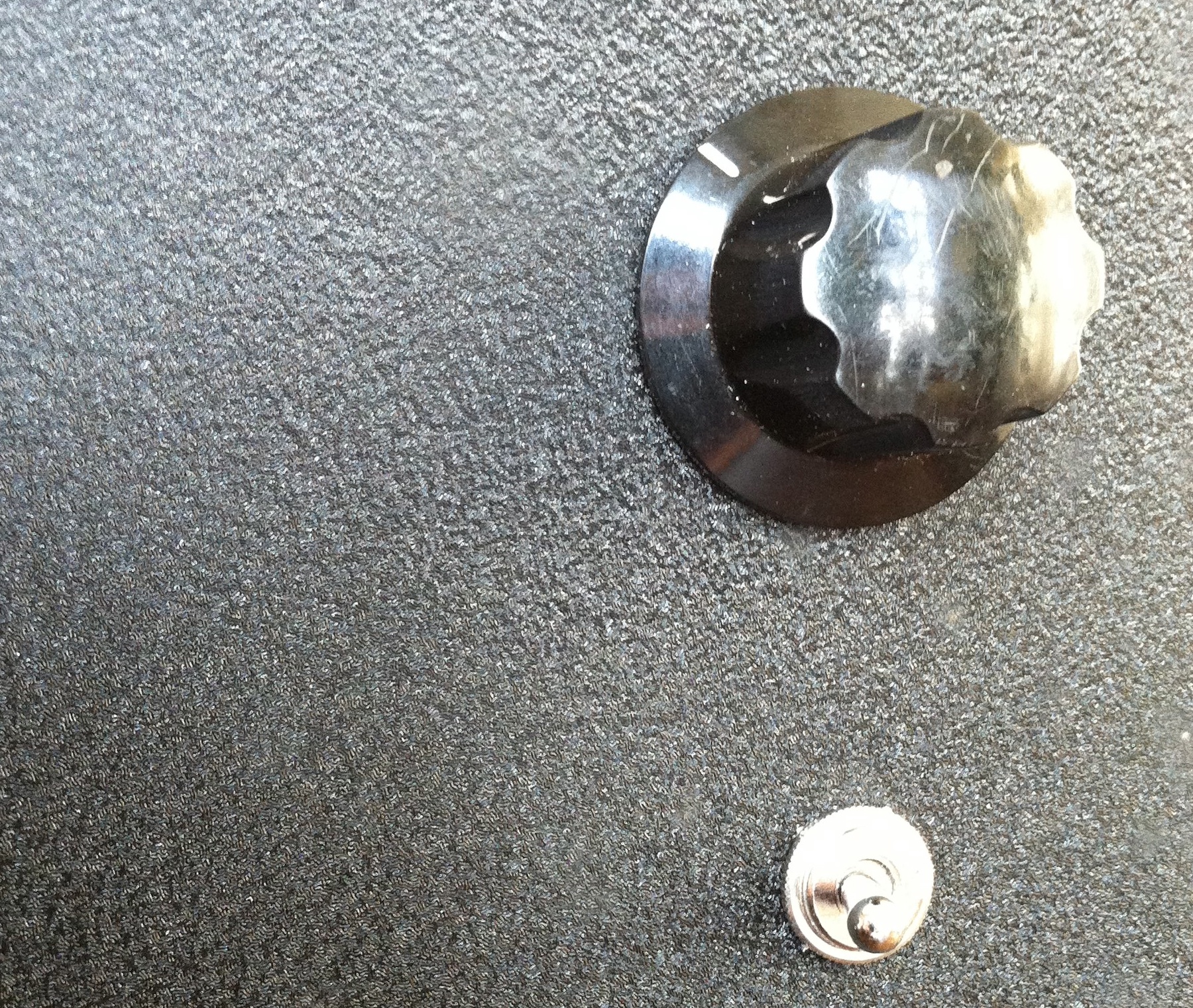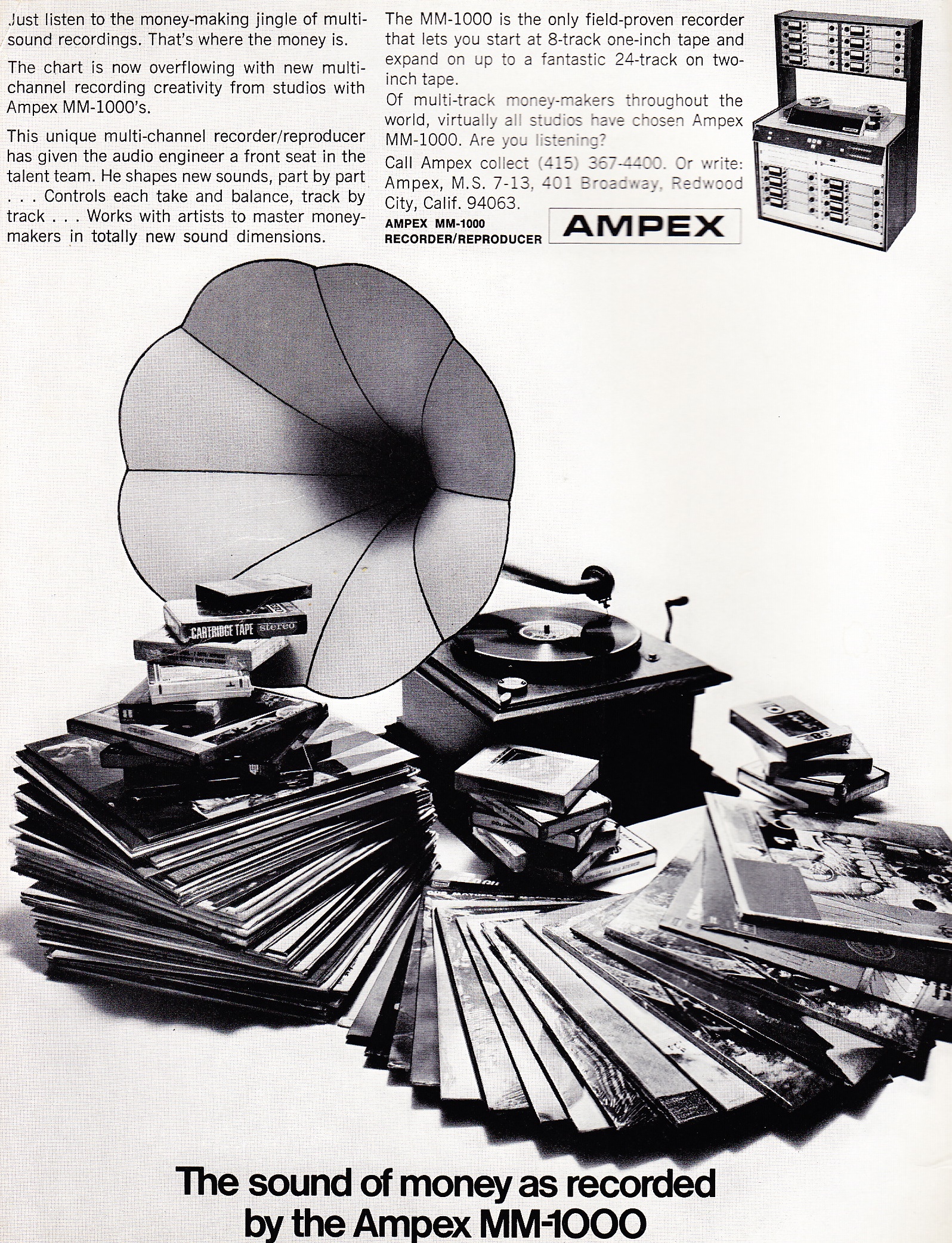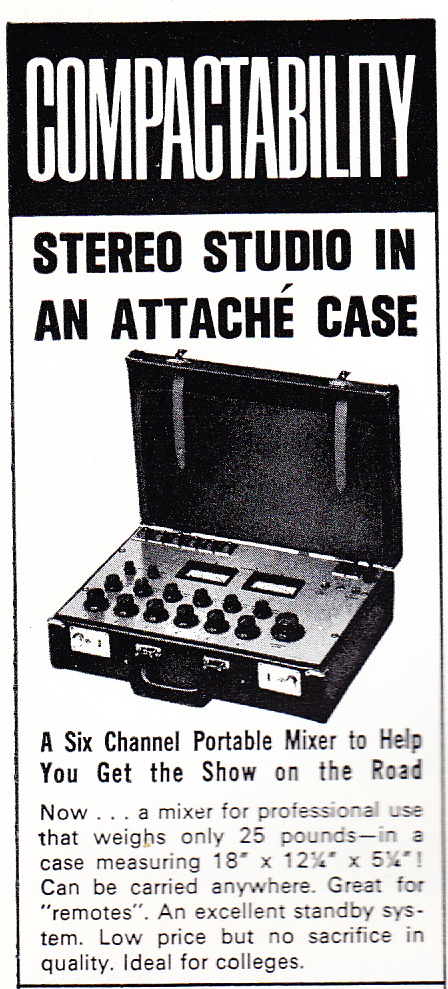 Above: Gately’s Stereo Briefcase Mixer circa 1970.
Above: Gately’s Stereo Briefcase Mixer circa 1970.
Gately Electronics was a Pennsylvania-based pro-audio manufacturing and importation/ distribution operation which seems to have operated between 1968 and 1975. I often noticed adverts for their EM7 mixer in the old AES journals; the EM7 had a sort-of Pultec or maybe LANG vibe, and I was curious enough that when I found one AS-IS for $100 on eBay I went for it. You can read my account of restoring my EM7 and its attendent EQ7 outboard equalizer accessory at this link. The short version: it is a very well-built machine, and I was therefore surprised that Gately seems to be completely forgotten in the pro audio world. Anyhow, I noticed that a pair of AS-IS Gately 1800 compressor cards went for an absurd amount of money on eBay last month, so I figured that maybe the world does need to know. I therefore present: every piece of period documentation that I could find on Gately Electronics, its products, and operations. Enjoy, and let us know if you are using any of this kit nowadays.
Above, from top to bottom: Gately ProKit 6-channel mixer (available as kit or assembled!), Gately’s Moms Wholesome Audio live PA board, Gately ProKit 2 mixer, and Gately EQ-6 and EK-6 equalizer and reverb accessories for the Pro-Kit (confused yet?). Below that, John Yoder of Hope Recordings recommends the Gately C1616 studio console. Next is an advert announcing Gately’s distribution of Ortofon lathes and Schoeps mics (yes please). Finally we see the Gately Micromixer, which appears to perhaps be the same as Moms Wholesome Audio Mixer?
*****************************************************************
***********************************************************************
Above: the Gately EM7 and EQ7, as described in my earlier article, followed by the subsequent updated versions EM7s and PEQ7. The PEQ7 seems to have exchanged th fixed hi-shelf control of the EQ7 for a five-frequency high bell curve EQ. Low frequency control is presumably still a shelf-type. I can’t find any other info on the ES-7 echo unit.
In 1974 a writer from DB (I imagine Woram or Zide; no credit is indicated) traveled to Gately’s Philadelphia-area facility.
You can download the account of their trip at this link: Gately_DB_Feb74
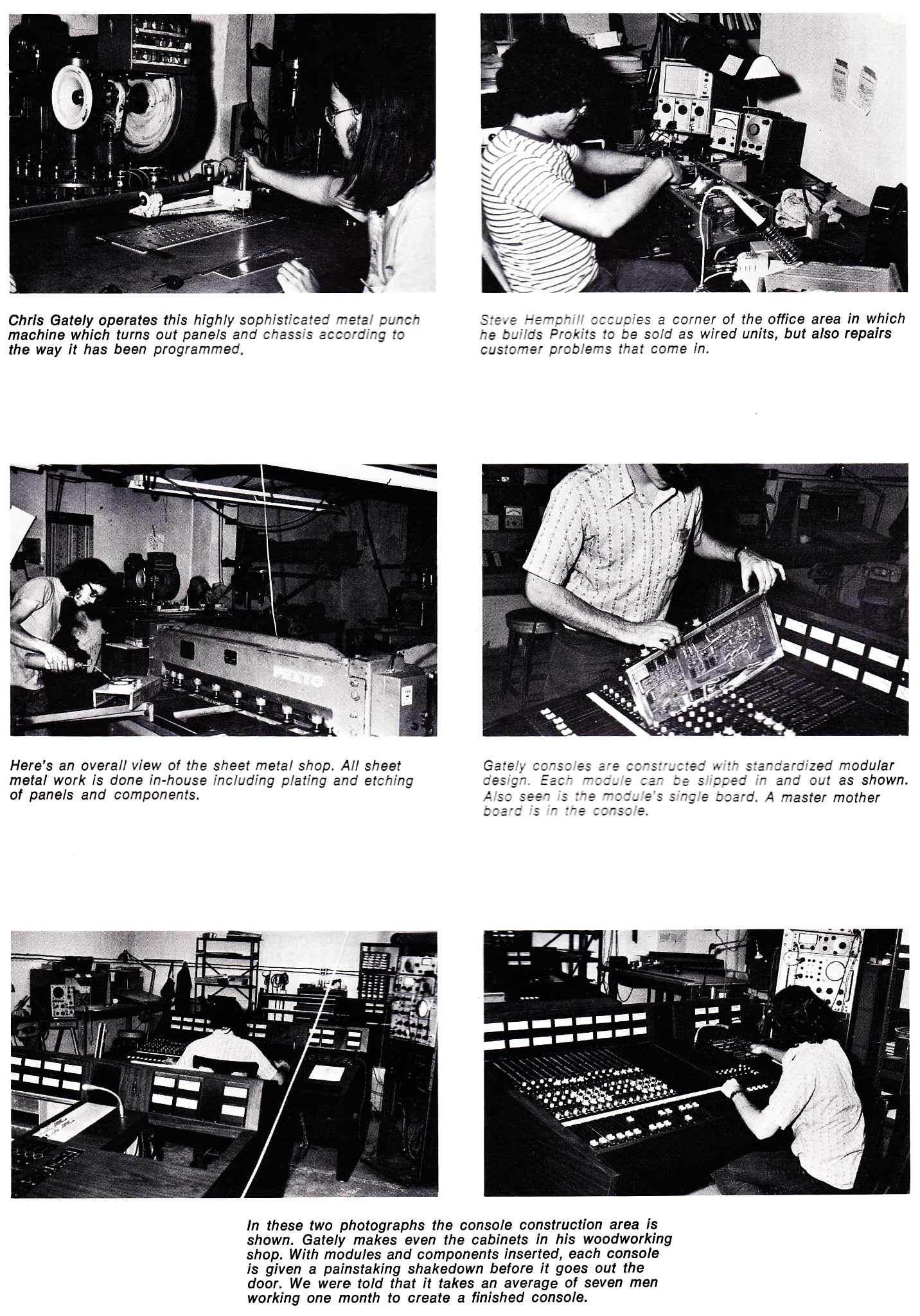
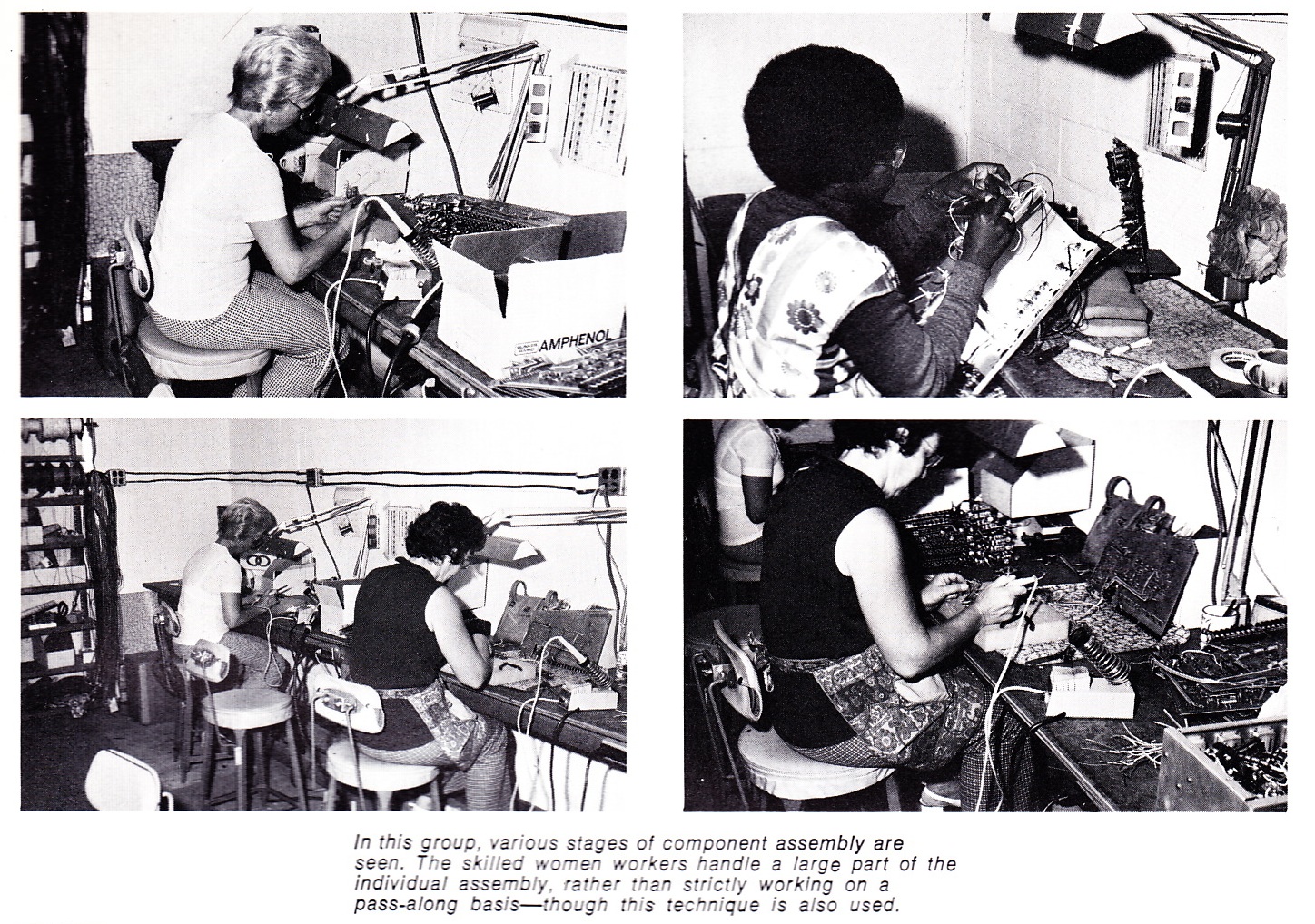 If there are any Gately alums out there, drop us a line; and if anyone out there is using any of this Gately kit, please let us know your thoughts. I have yet to use my EM7 and EQ7 on a production, but at some point I hope to be able to do a shoot-out versus some better-known contemporary units such as API and Neve.
If there are any Gately alums out there, drop us a line; and if anyone out there is using any of this Gately kit, please let us know your thoughts. I have yet to use my EM7 and EQ7 on a production, but at some point I hope to be able to do a shoot-out versus some better-known contemporary units such as API and Neve.
*************
*******
***
From PS dot com reader J. Roberts:
“I have a Gately Prokit II that I bought from Bob Todrank back around 1976. Bob had one of the first audio businesses in Berry Hill.
The mixer still works, no repairs ever, factory wired, I think it may be something like serial # 101w, but I will have to look and see. I kept a search on ebay for Gately and finally something surfaced… an original manual for my mixer.
I like that mixer because it is simple, no eq or anything to mess up, just set levels and pan. Interesting that the headphone out has no volume control, but I bought an old pair of Koss with faders just to use with that mixer. It looks to have very high quality components. I do not know about ICs, wondering if the ones in there are ok or should be upgraded. Does not have the output transformer option either. In a day or two I plan to feed a Coopersound micpre into the line ins and see what I get. I guess I should lay down some tracks and make another classical guitar LP, as I did back around 1978. Mastered at NRP by Larry Boden. Very fun times.”
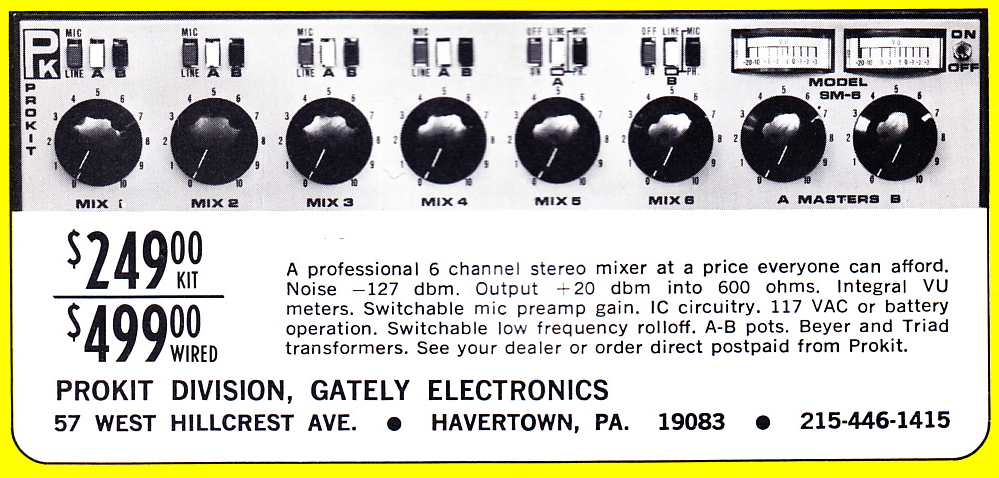

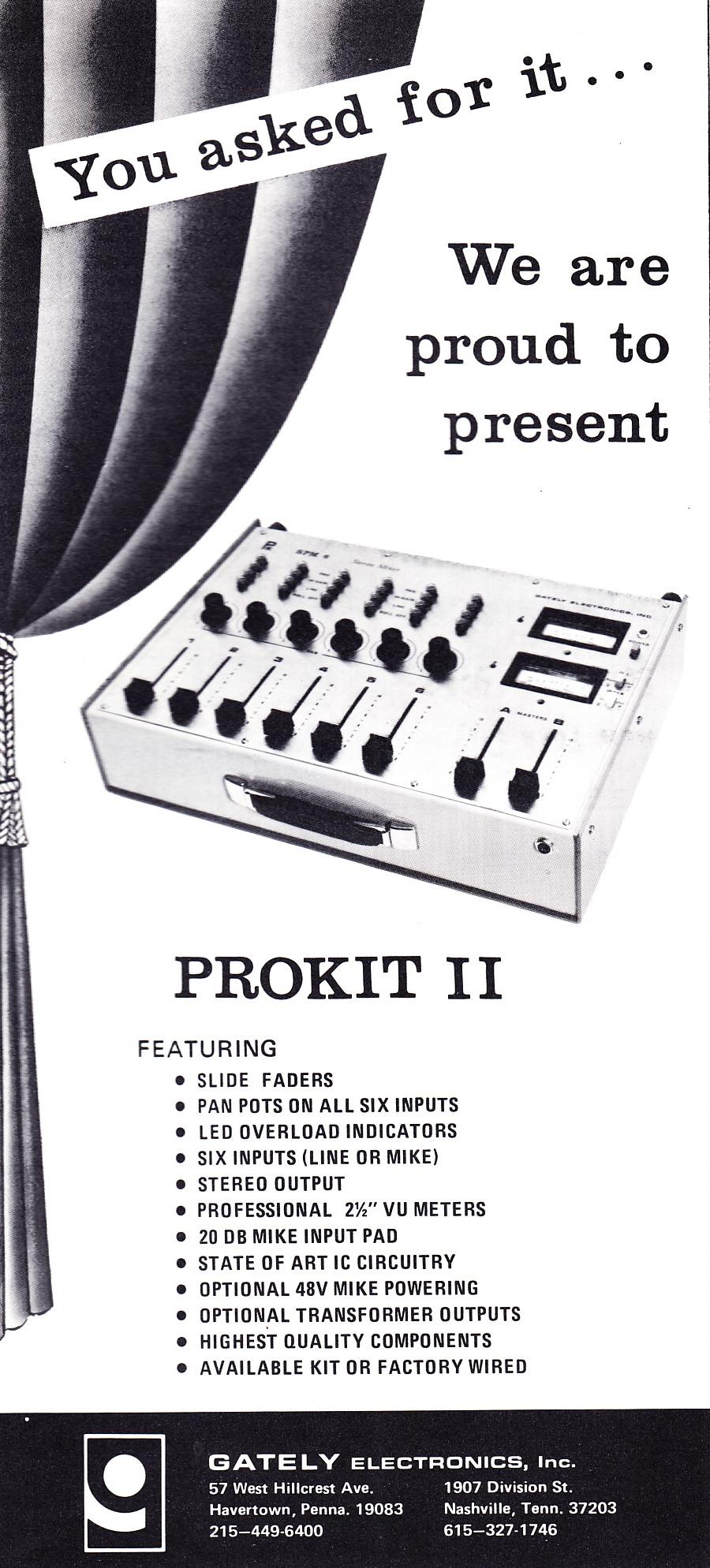
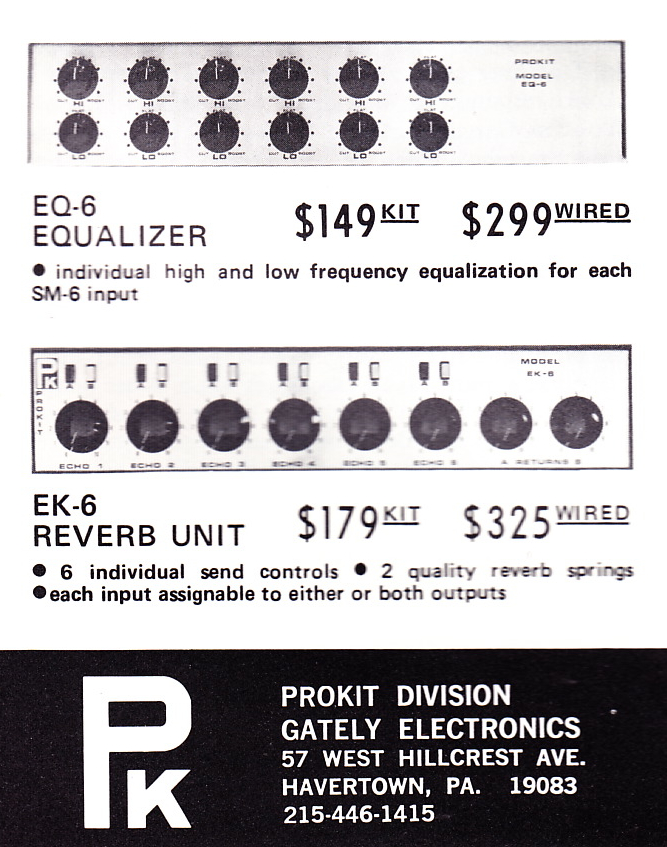
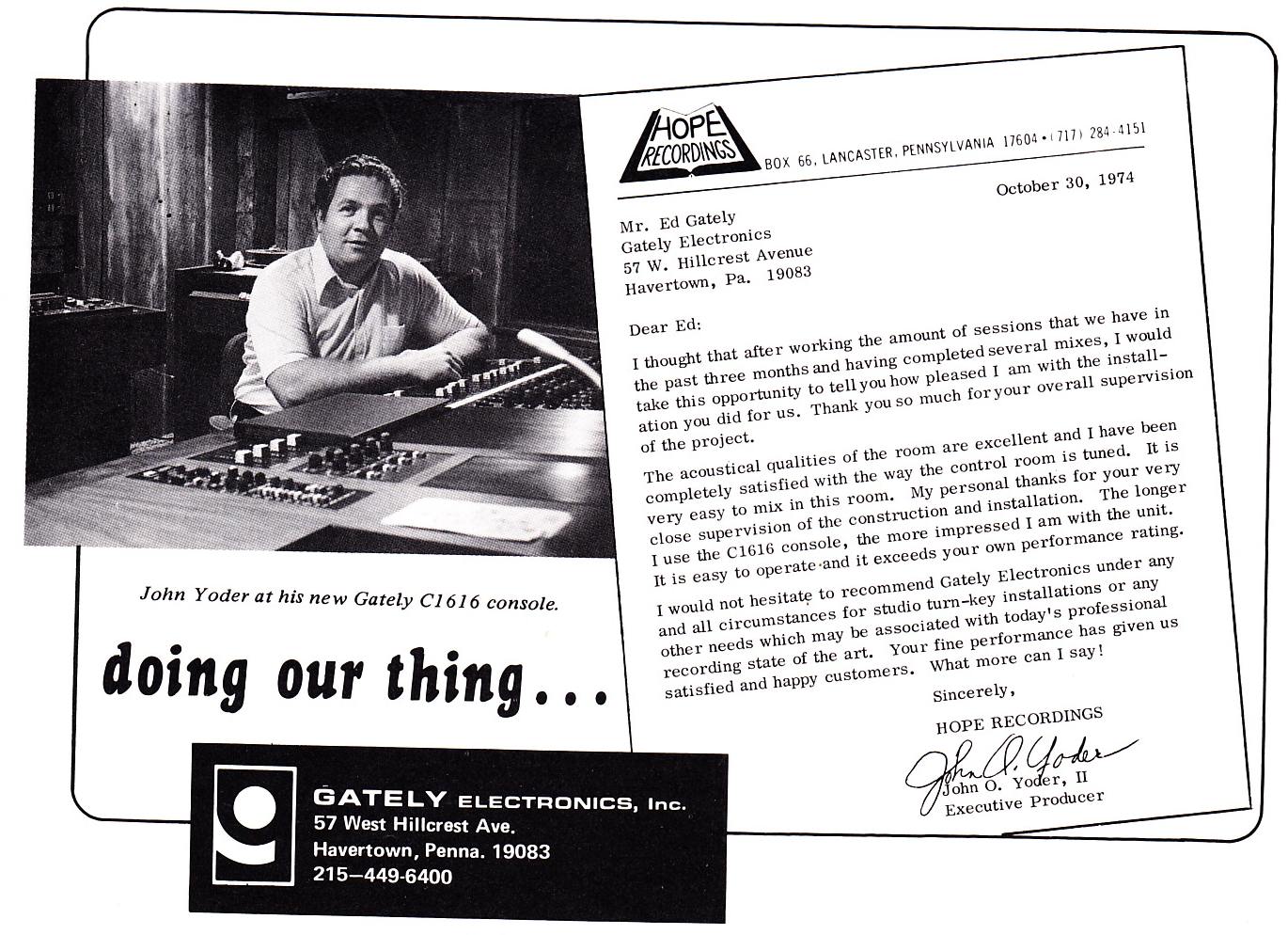
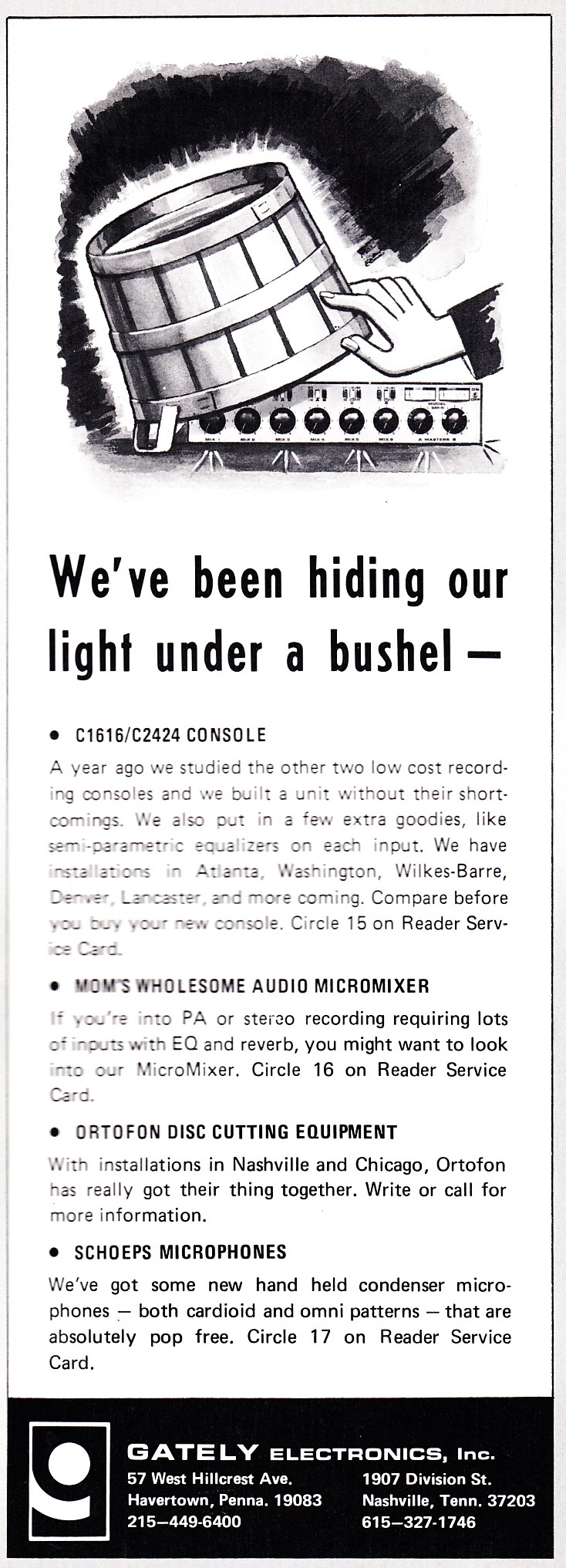
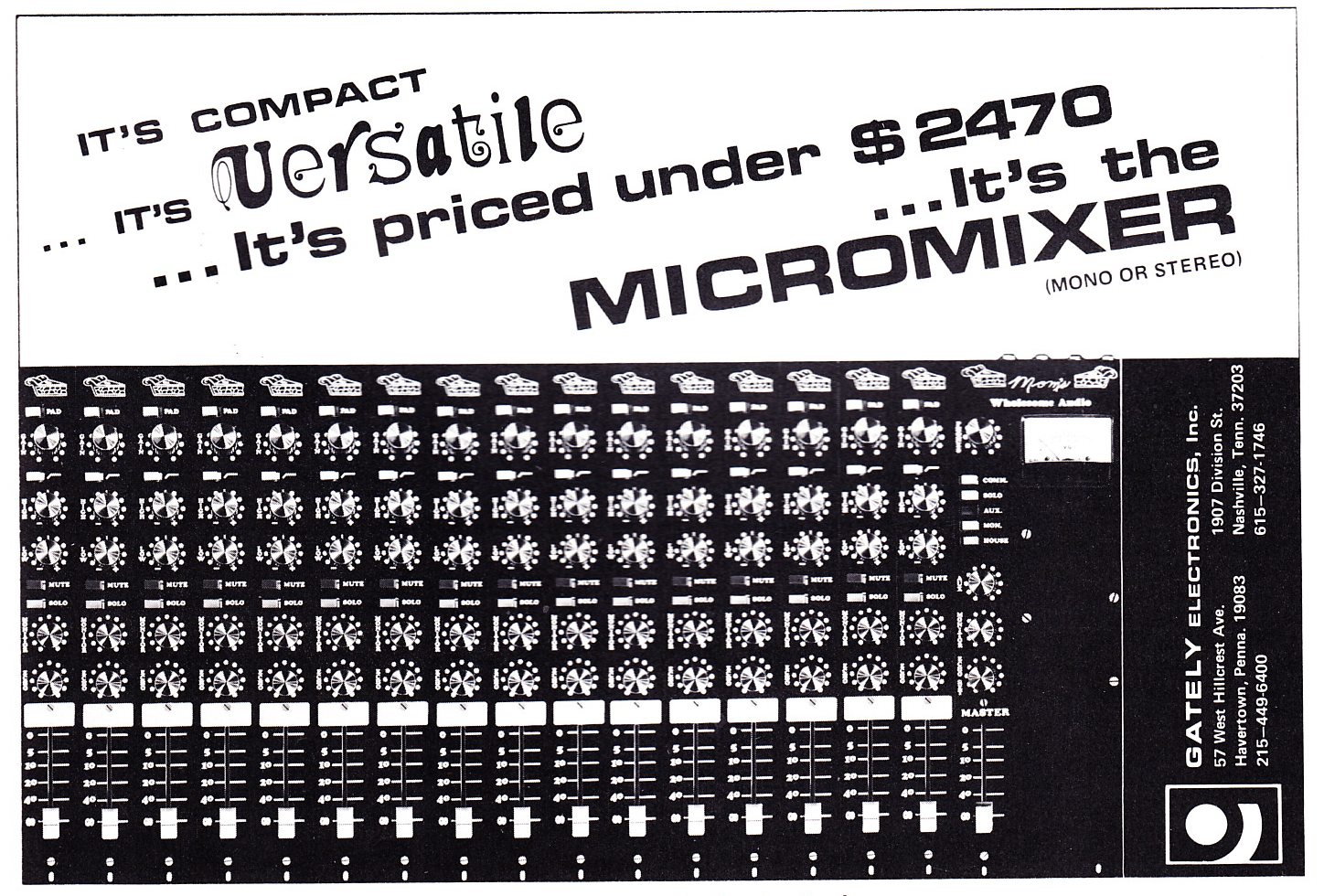
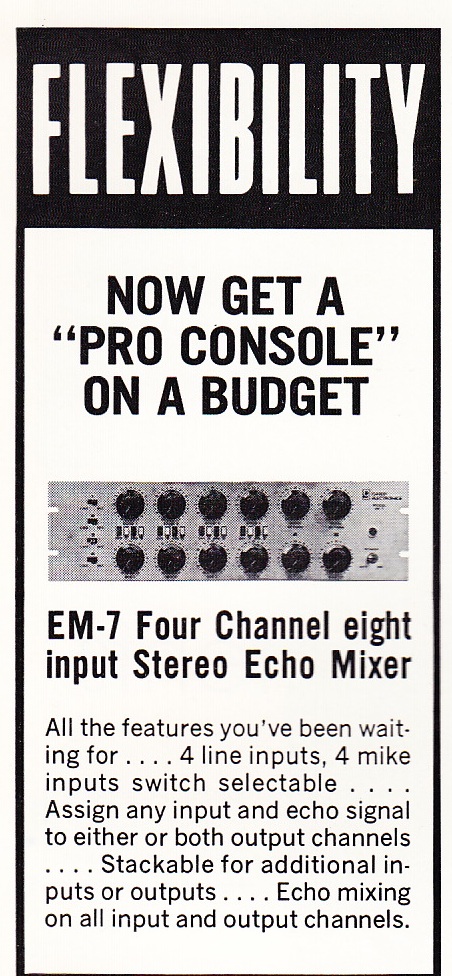
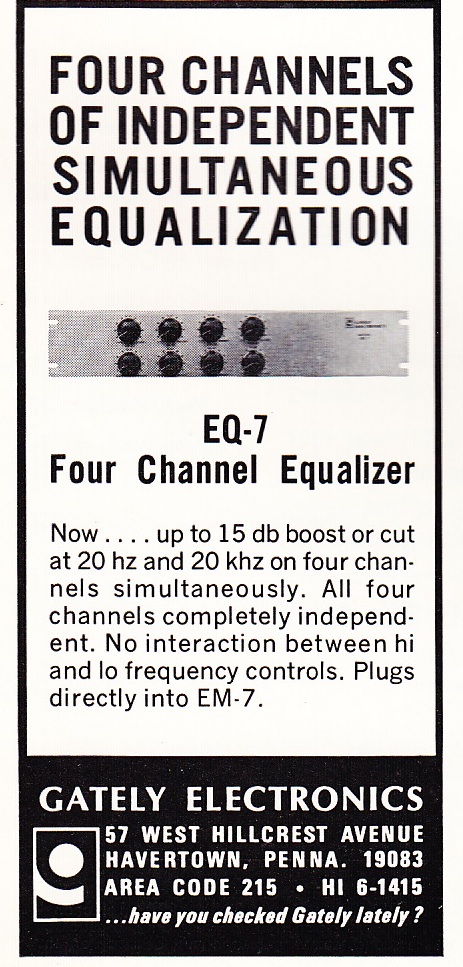
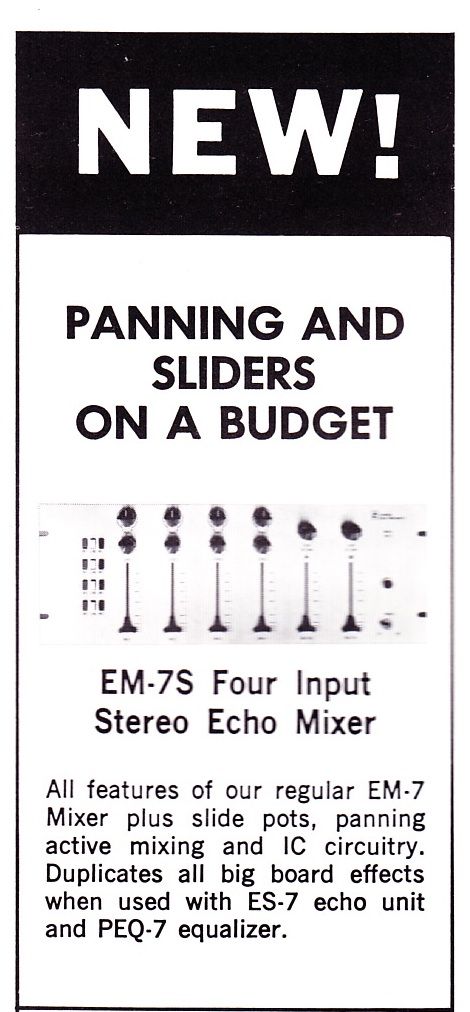
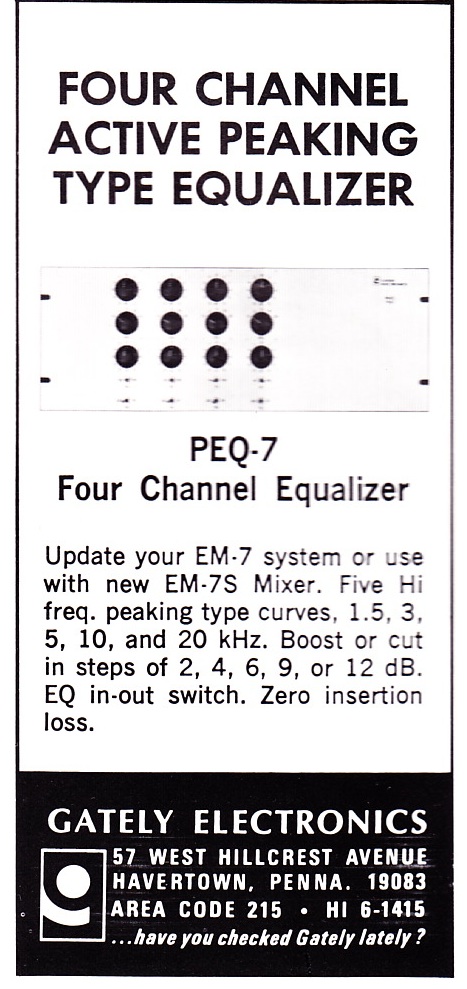
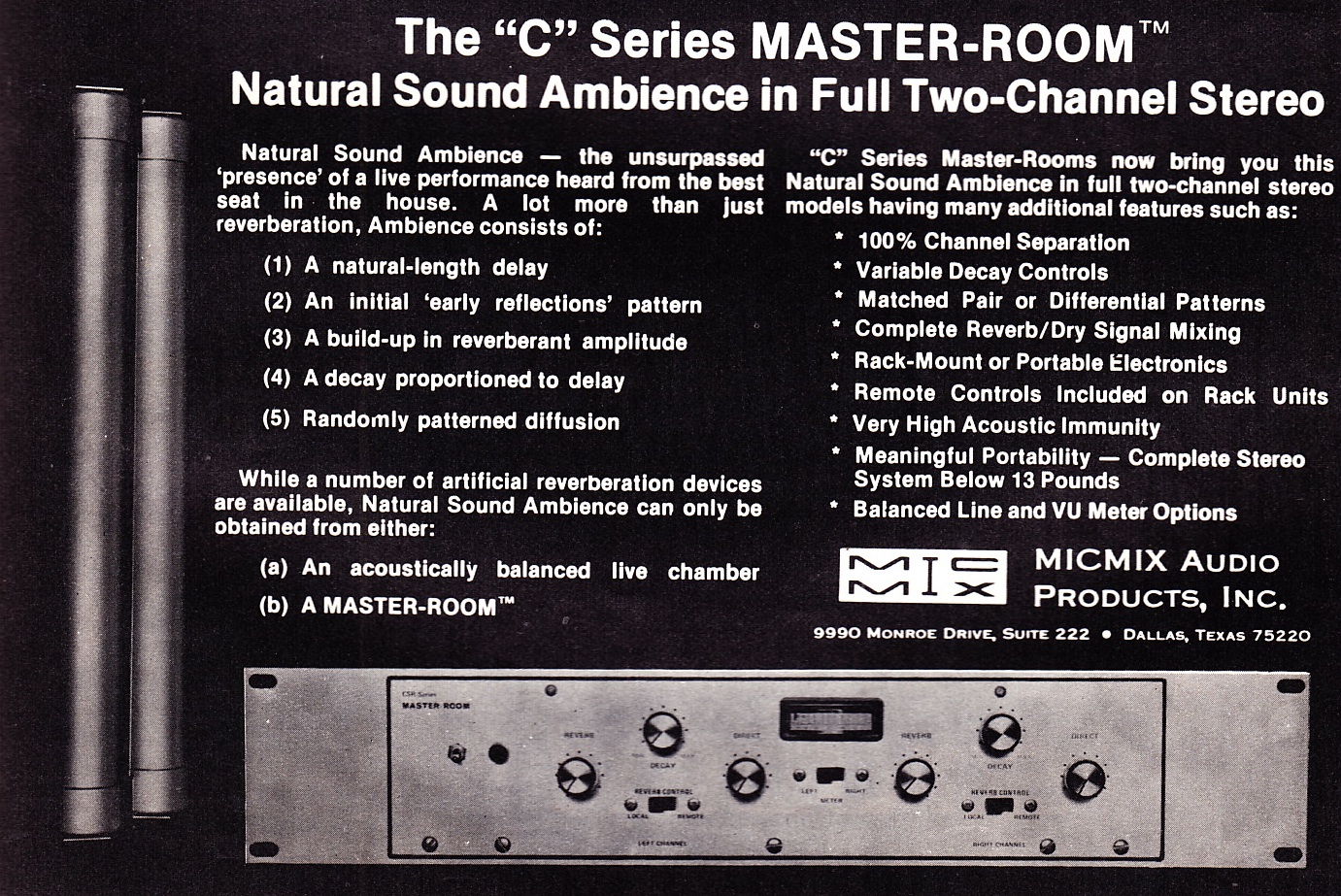
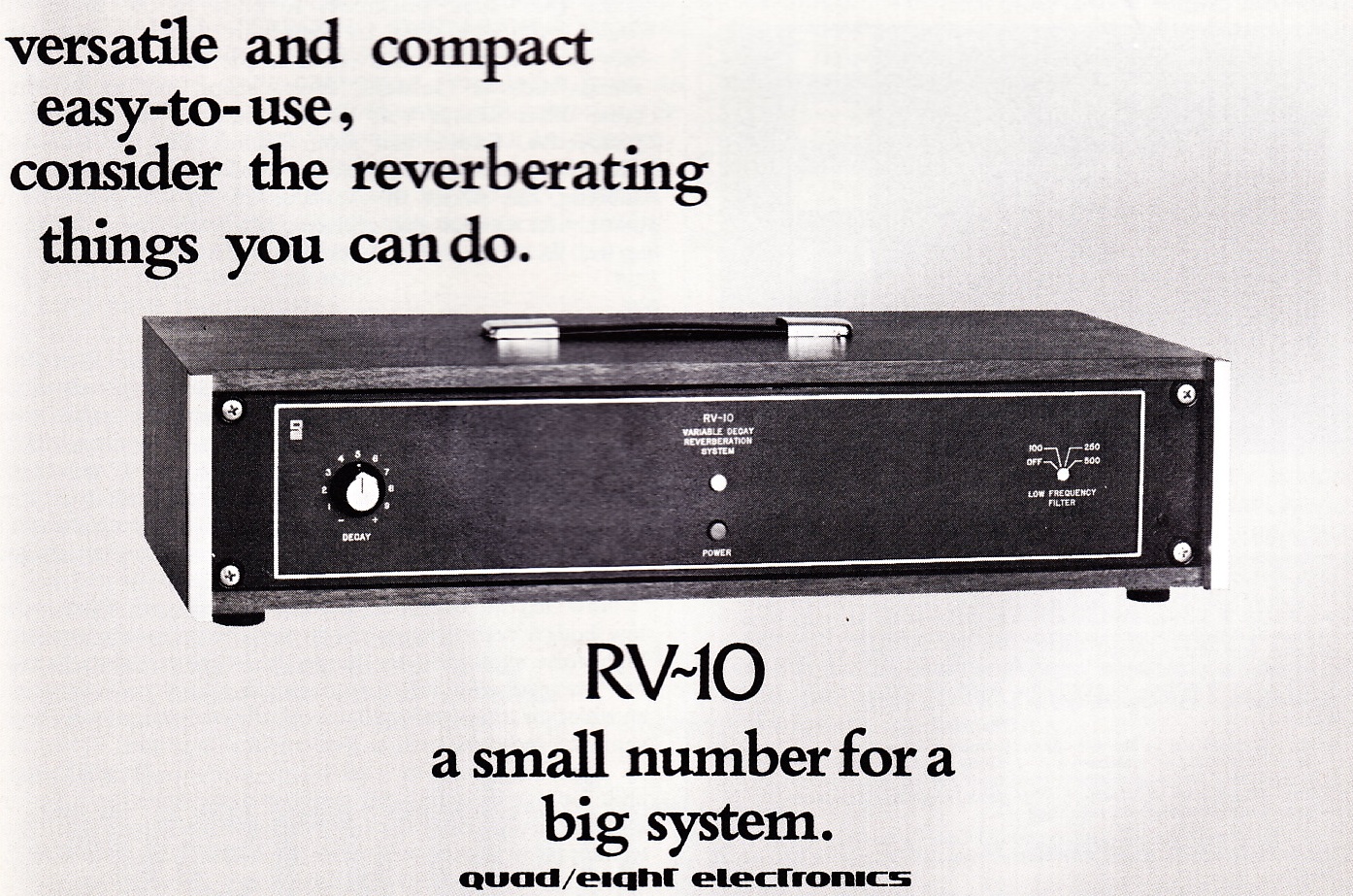
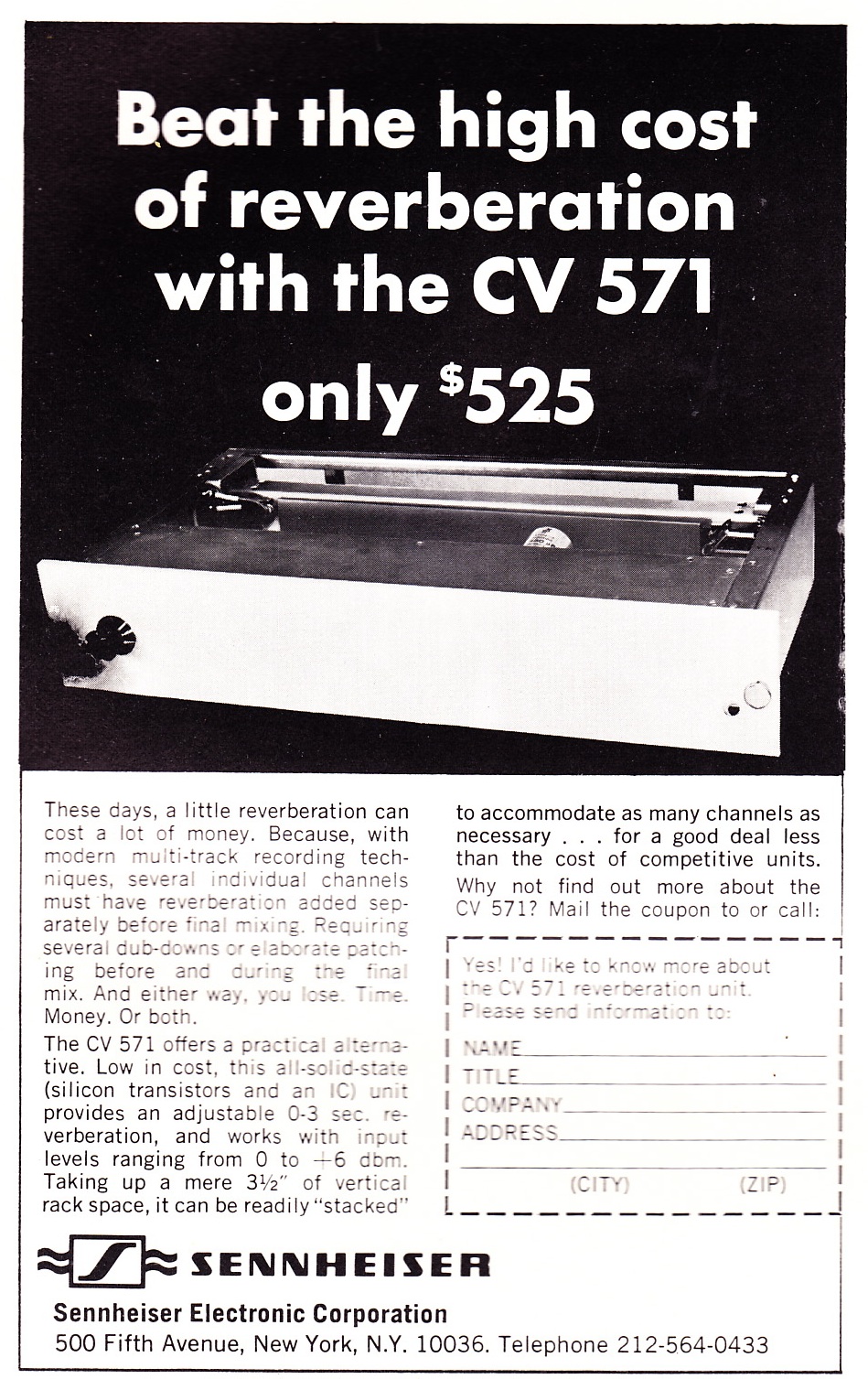
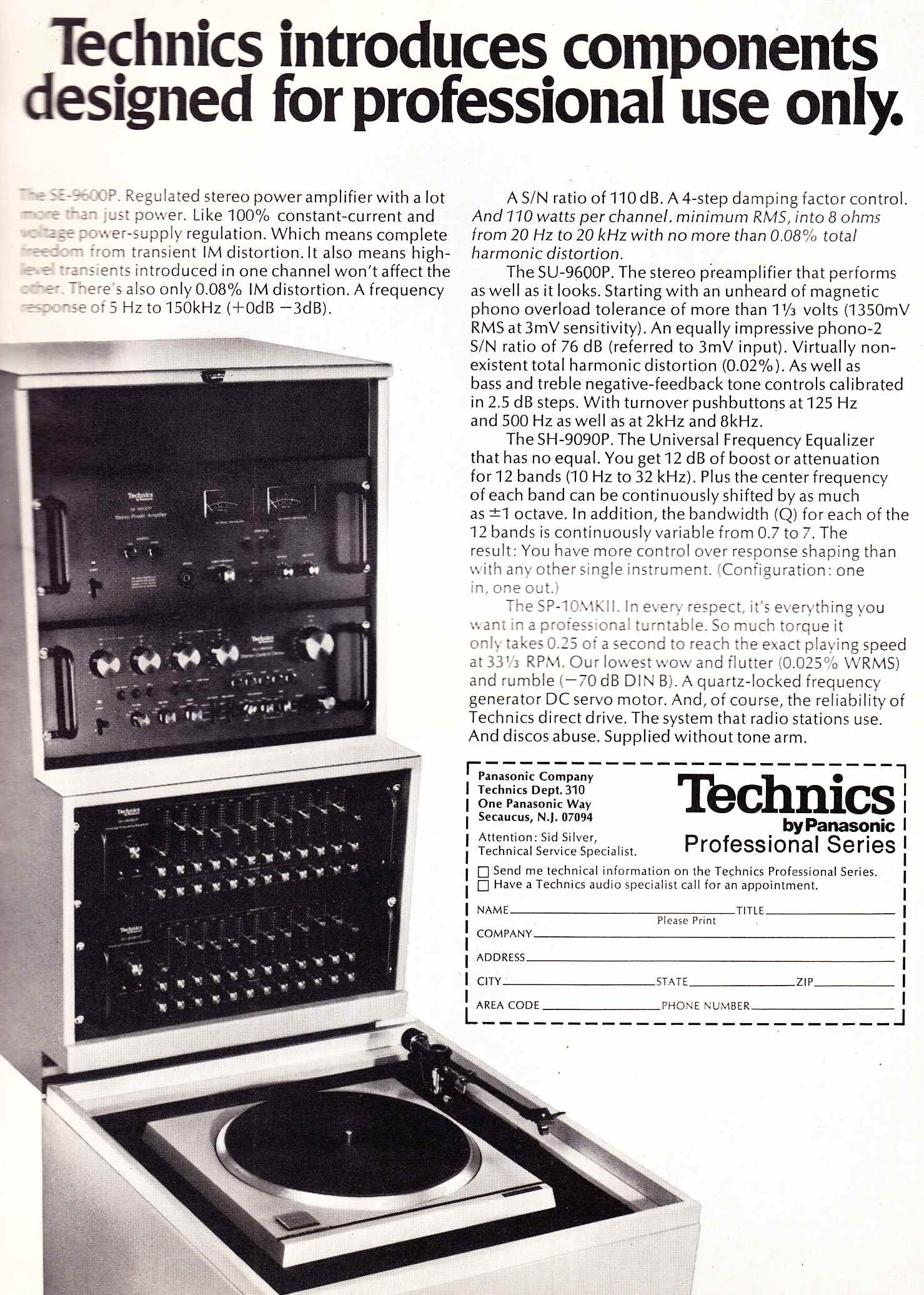
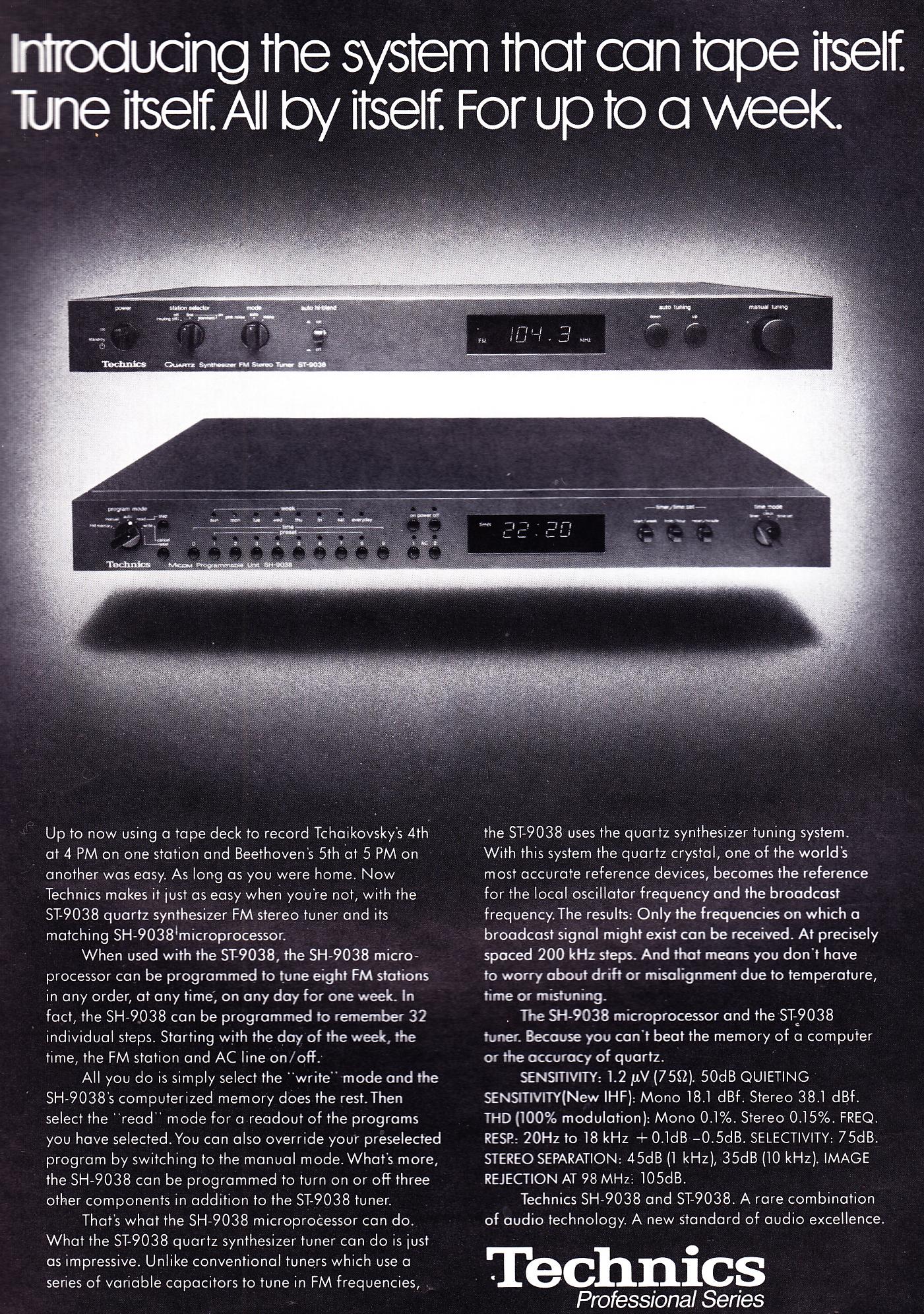
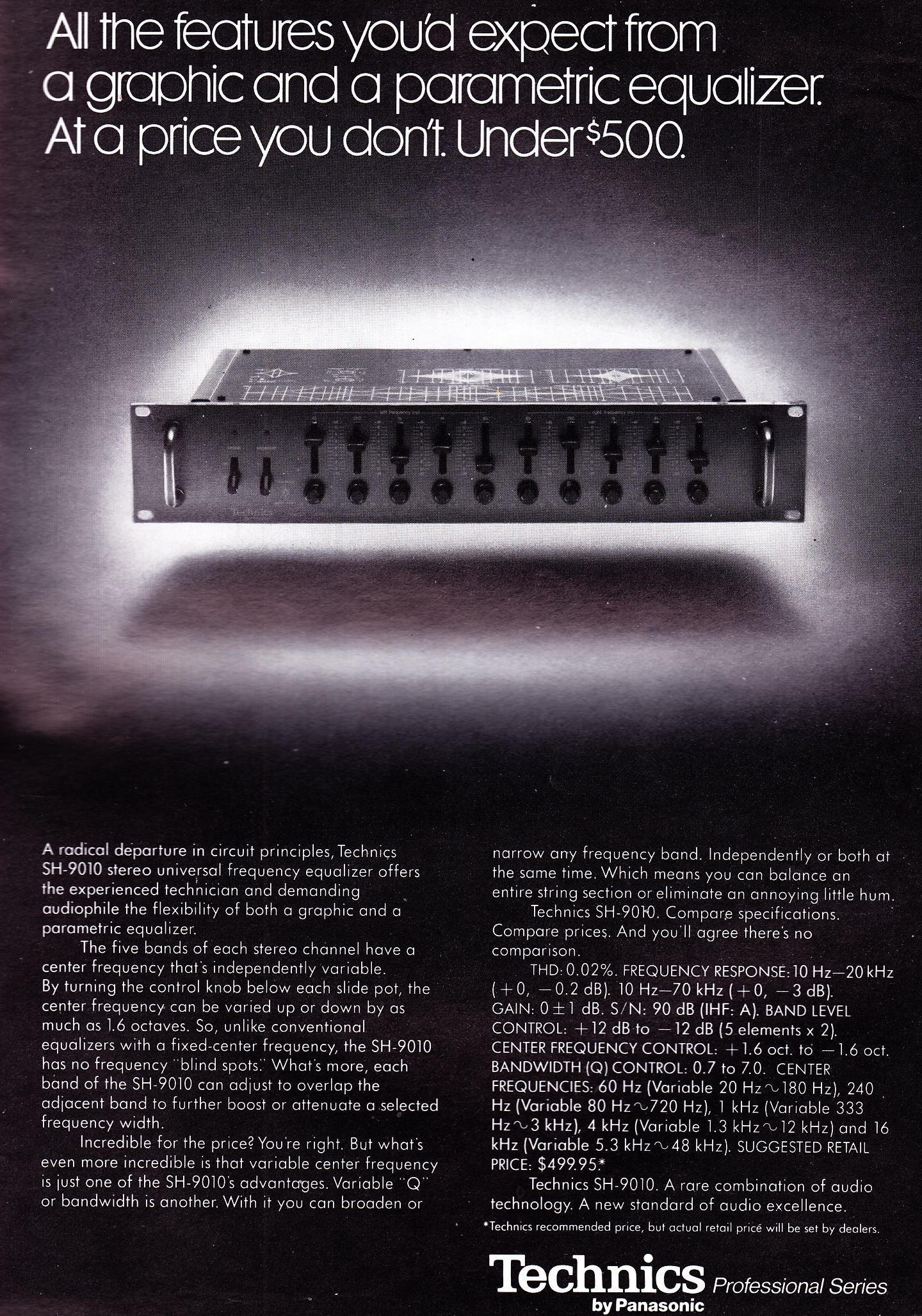
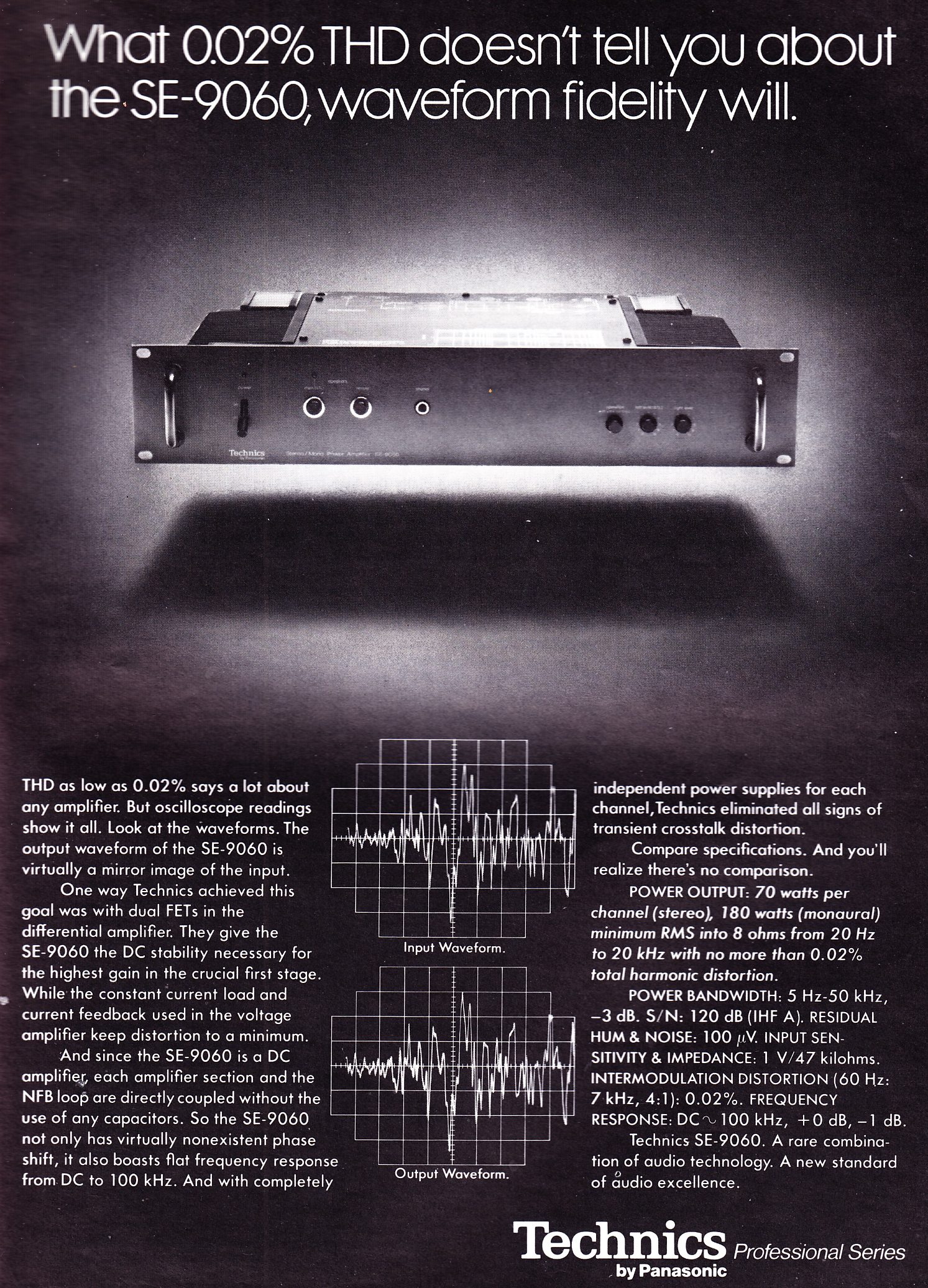
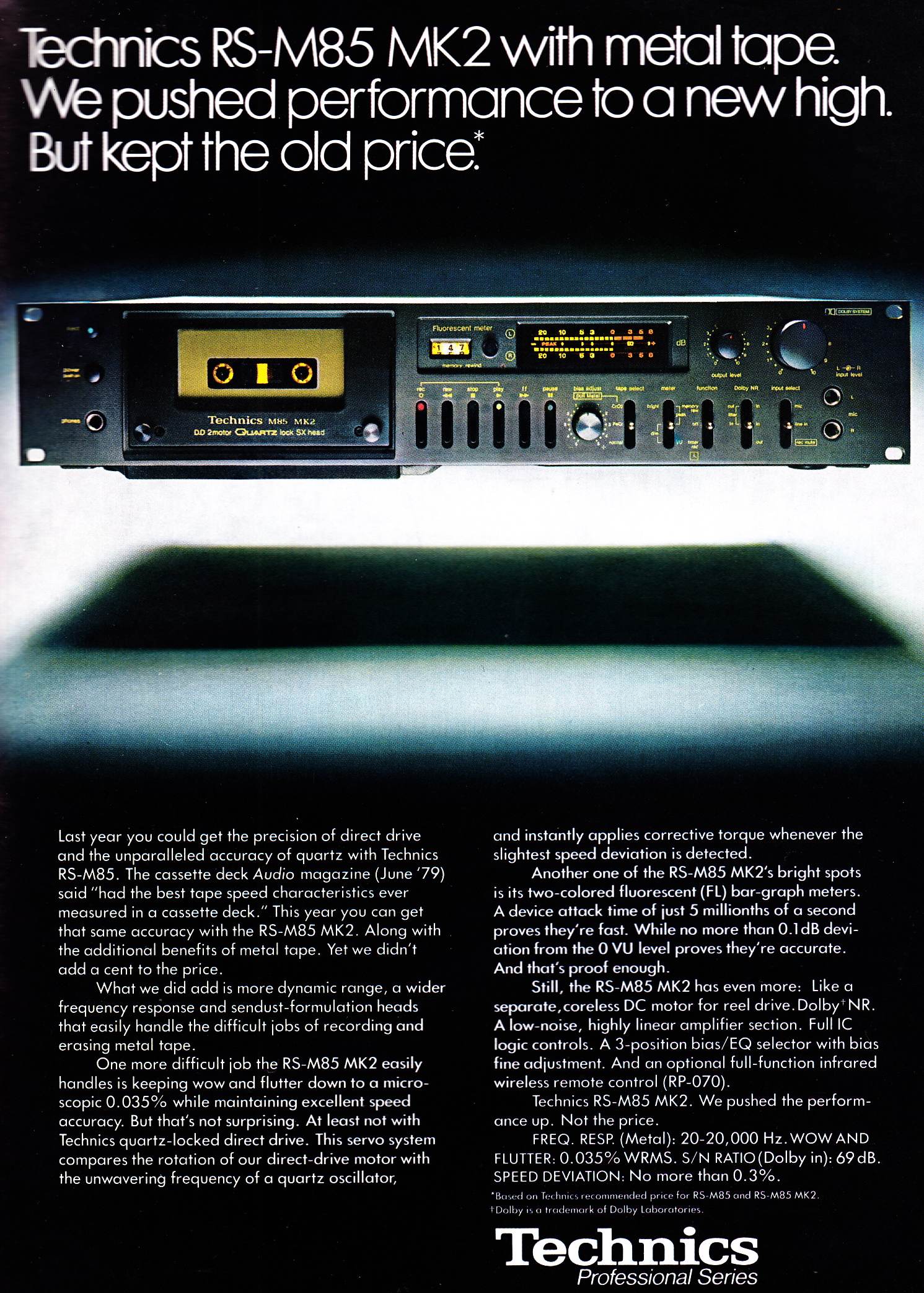
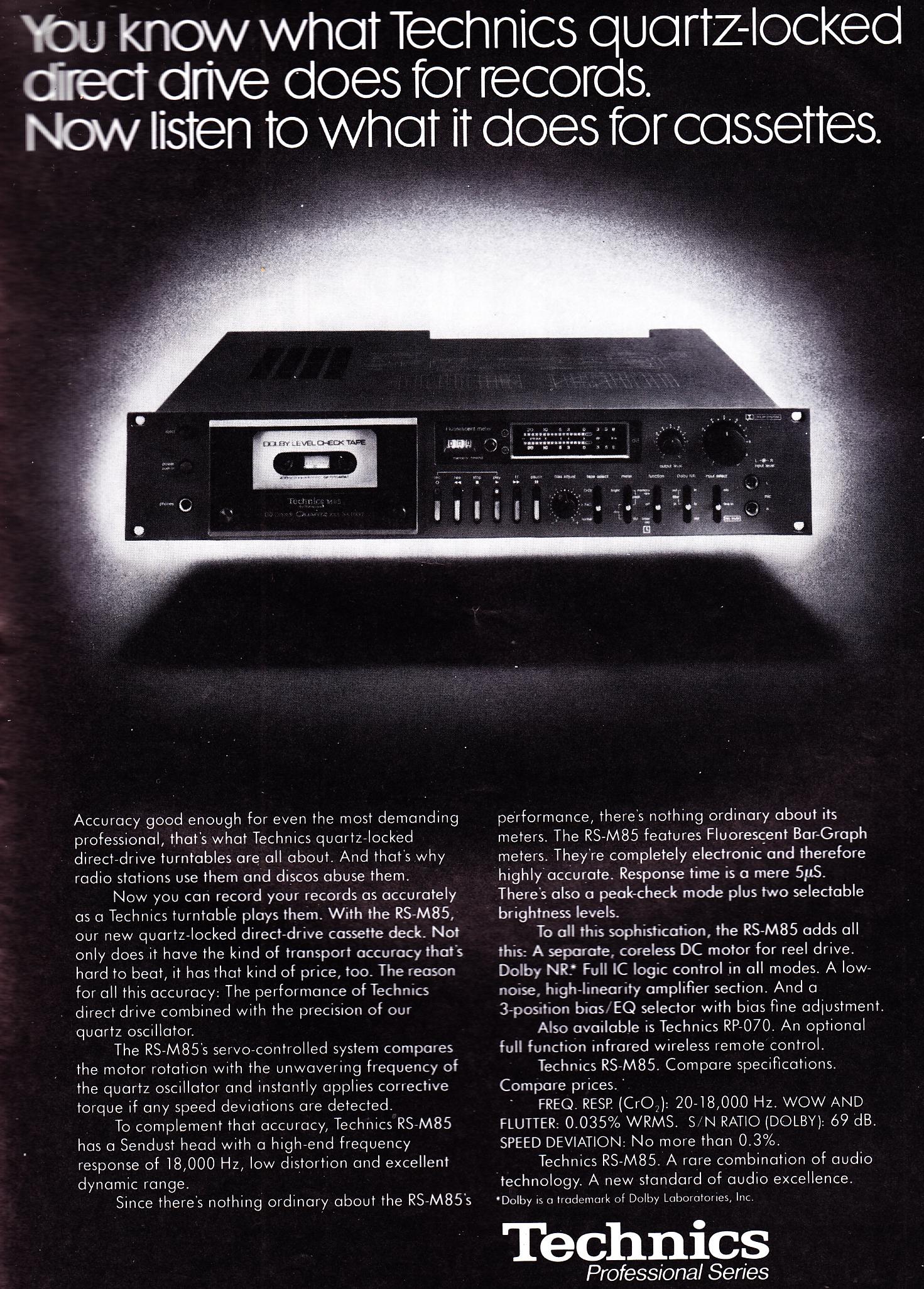
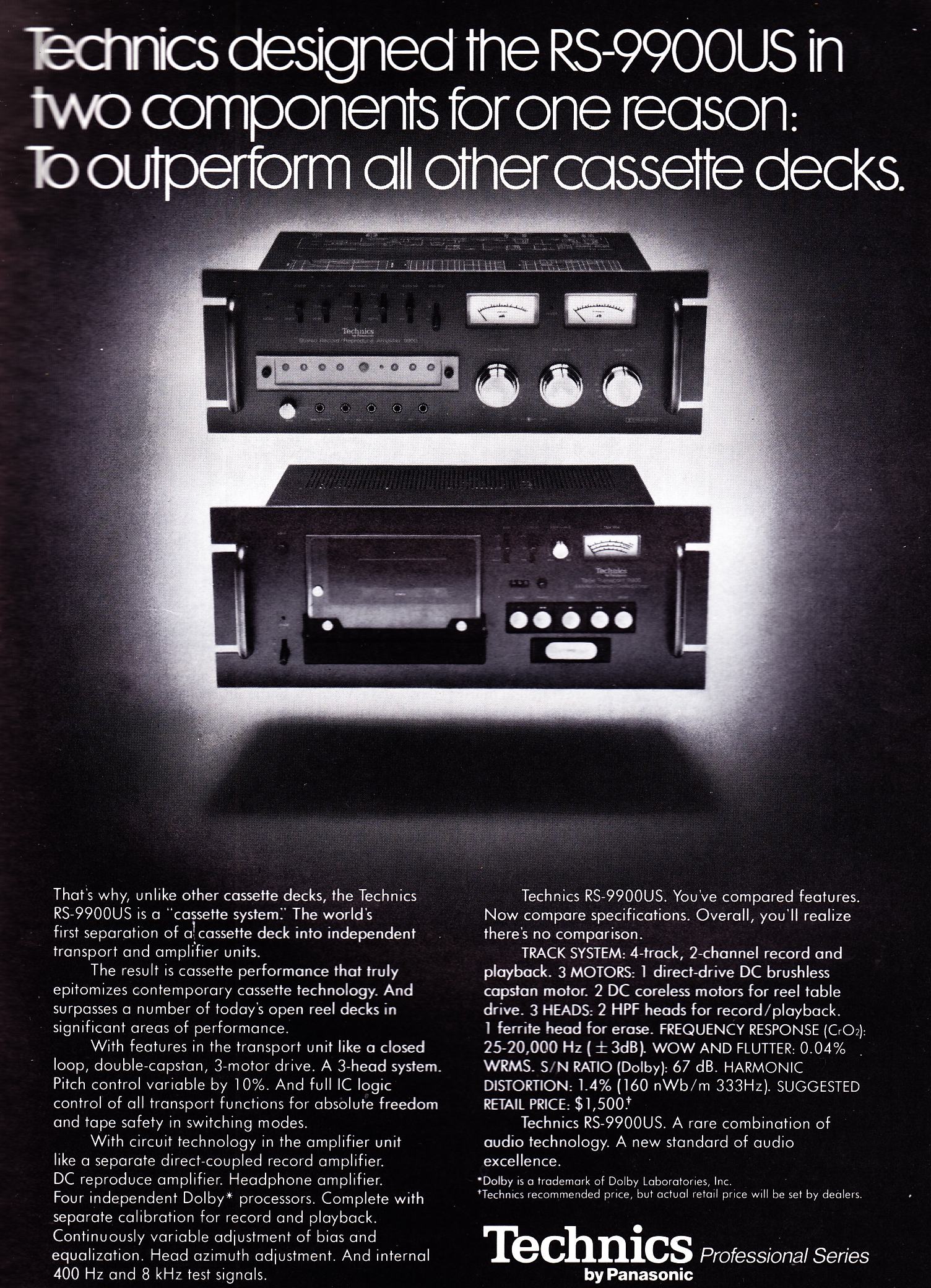
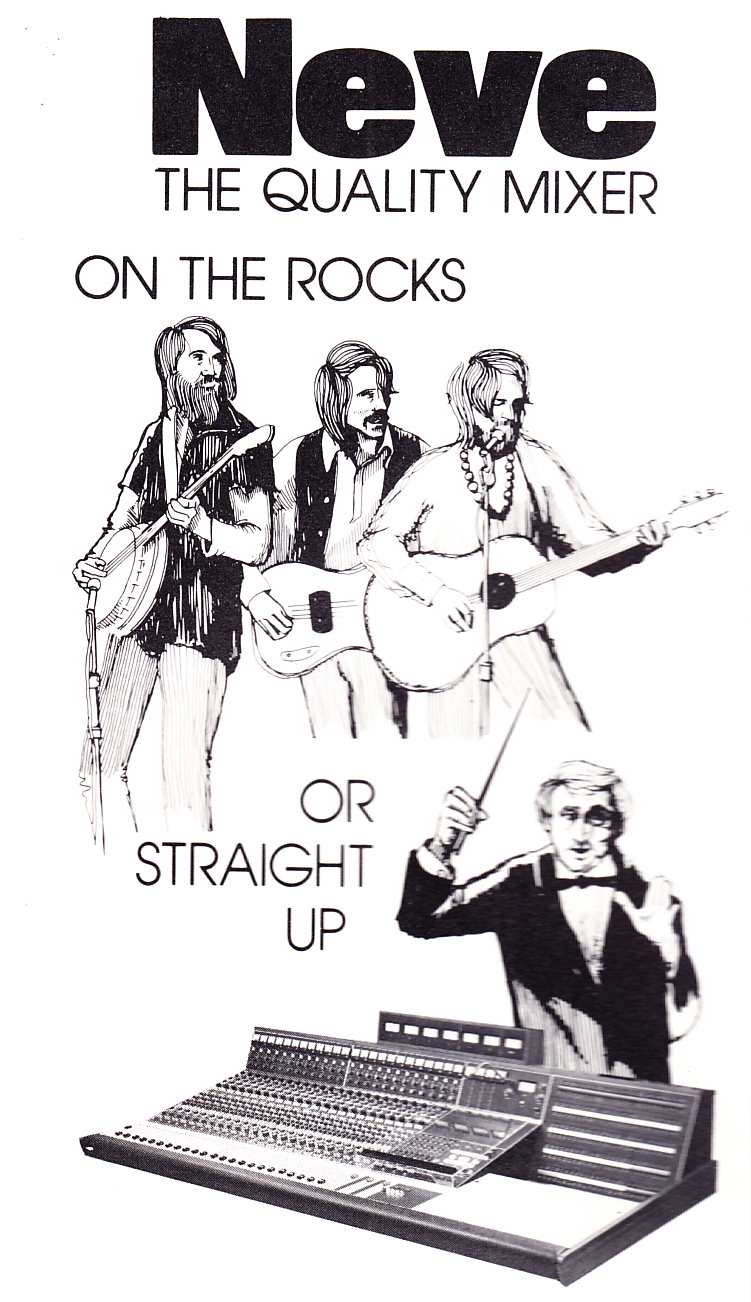
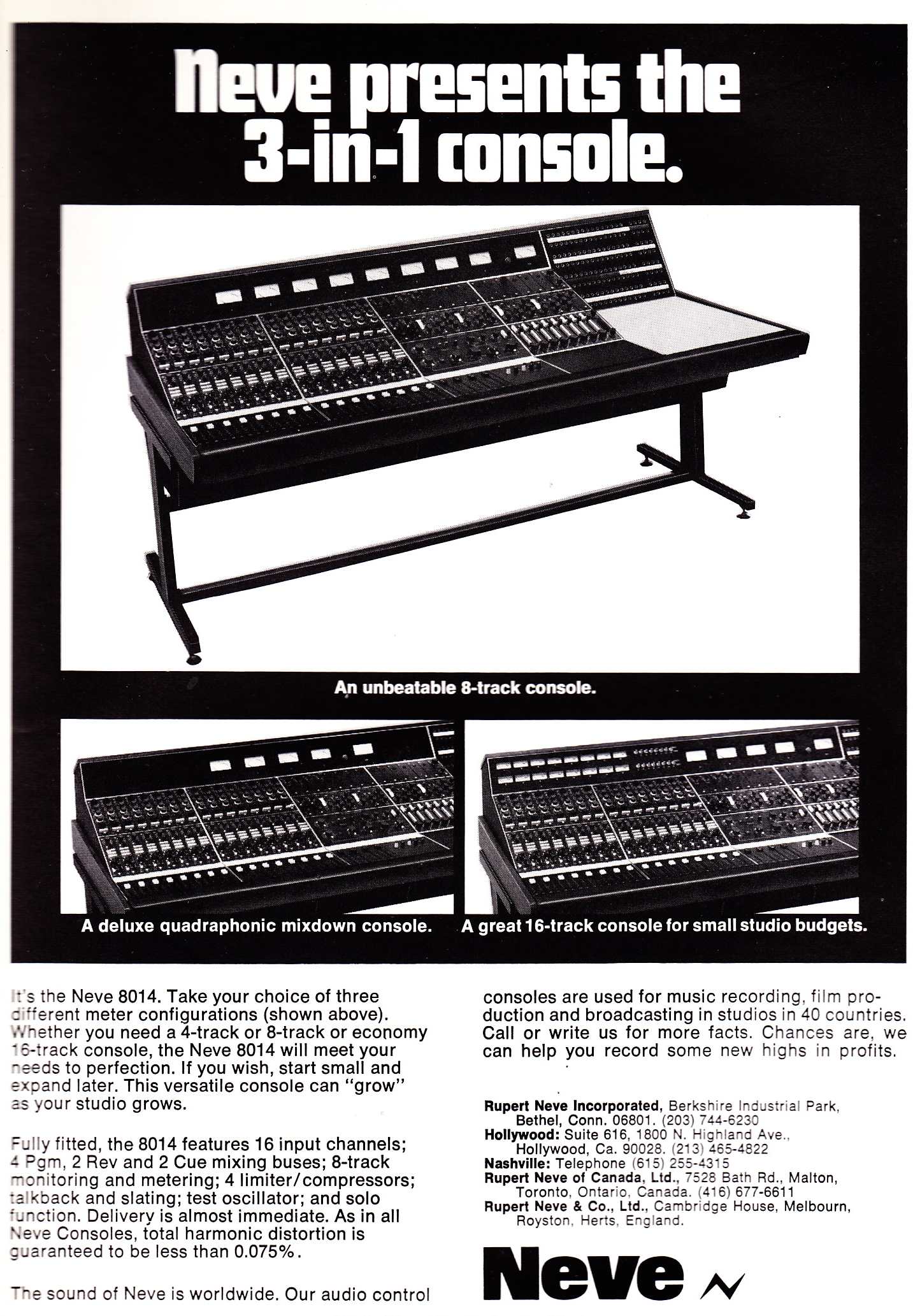
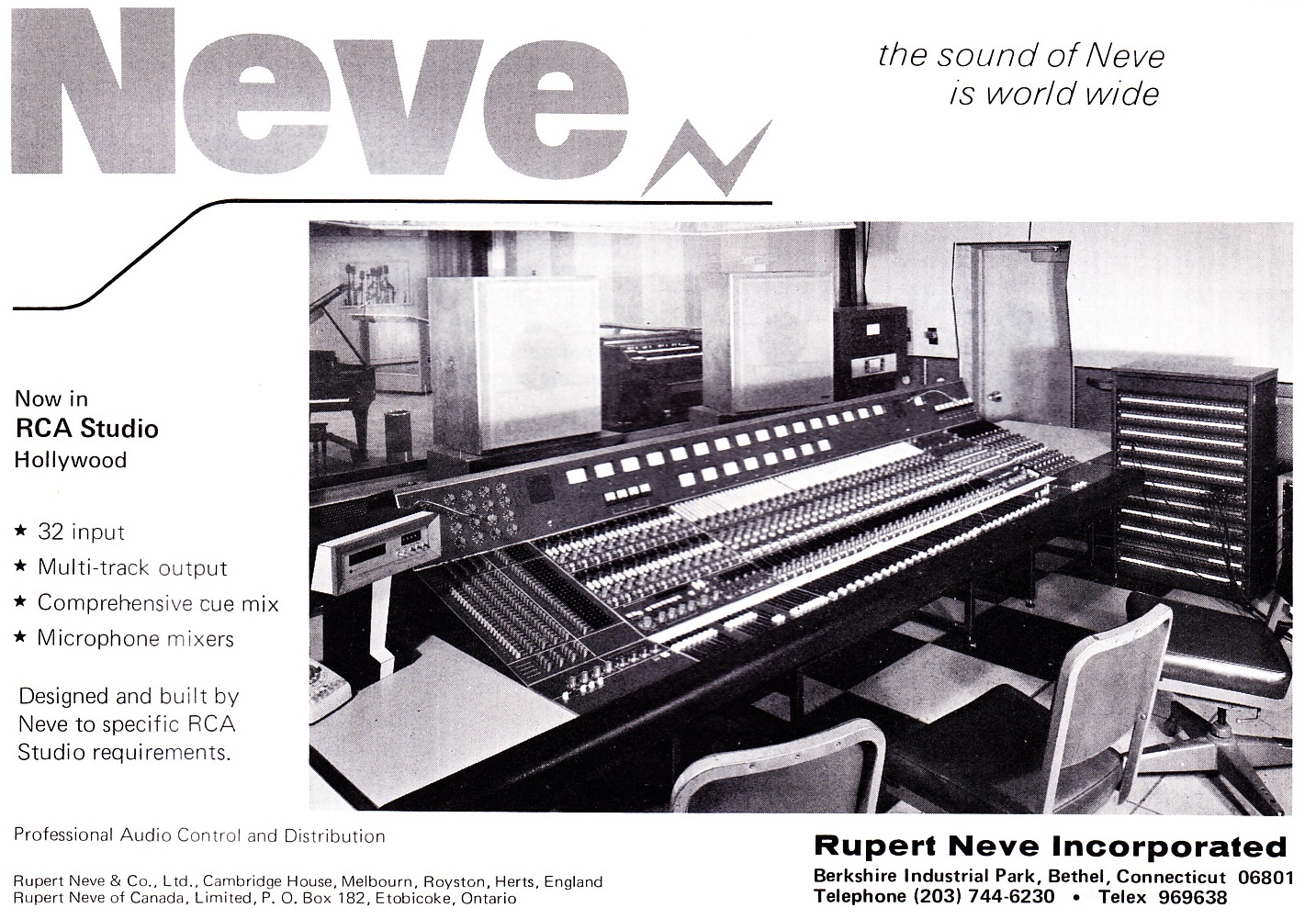
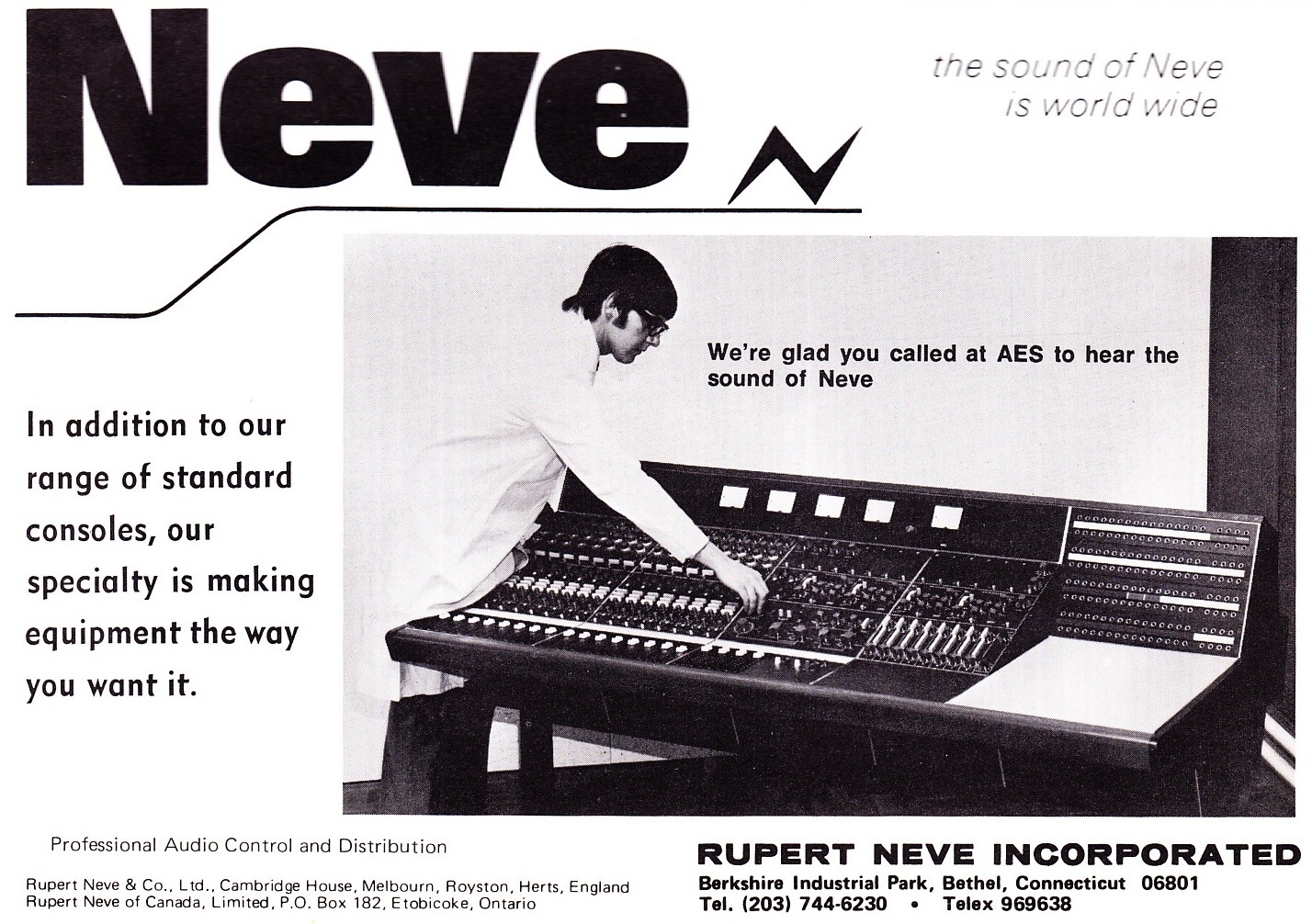
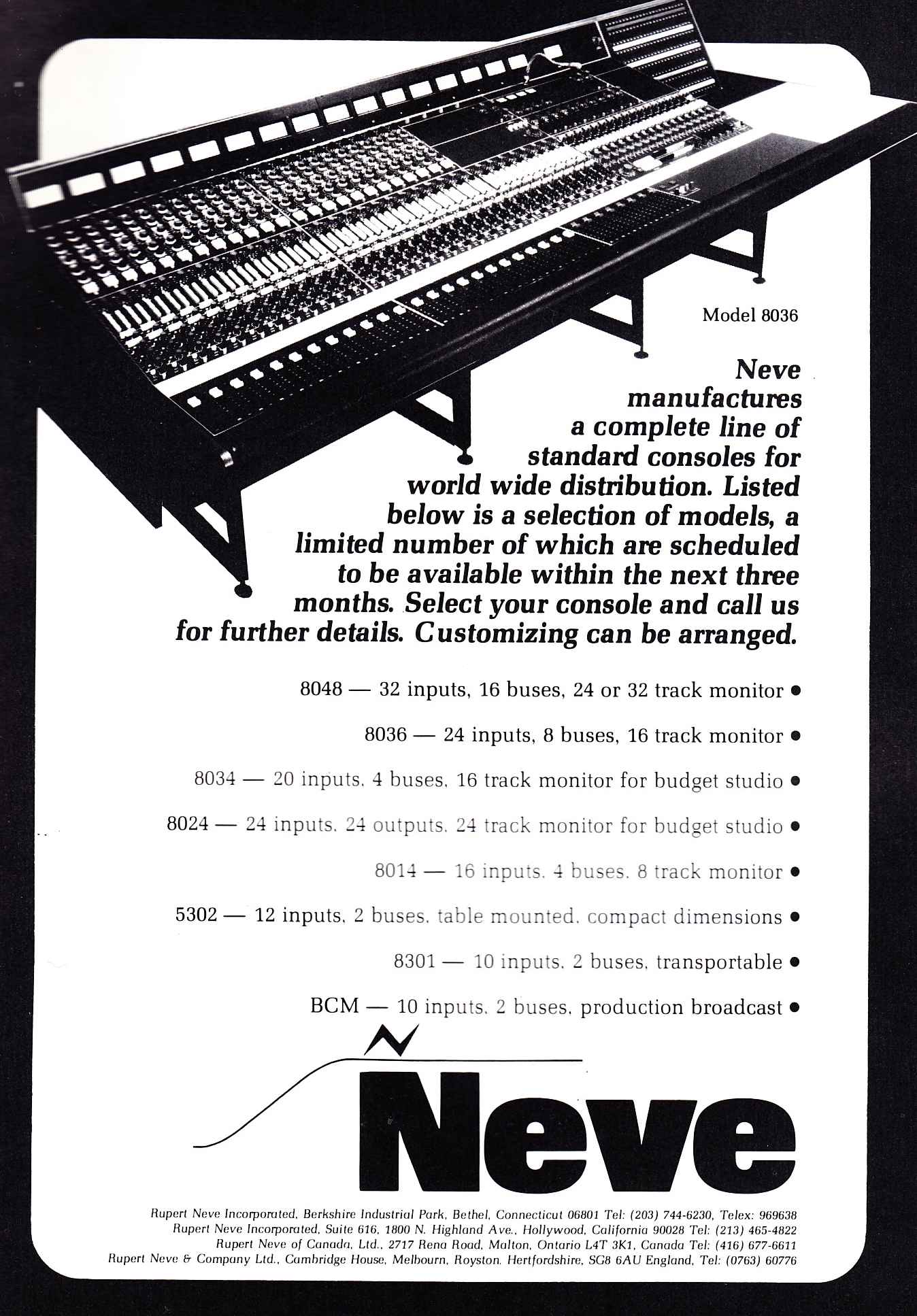
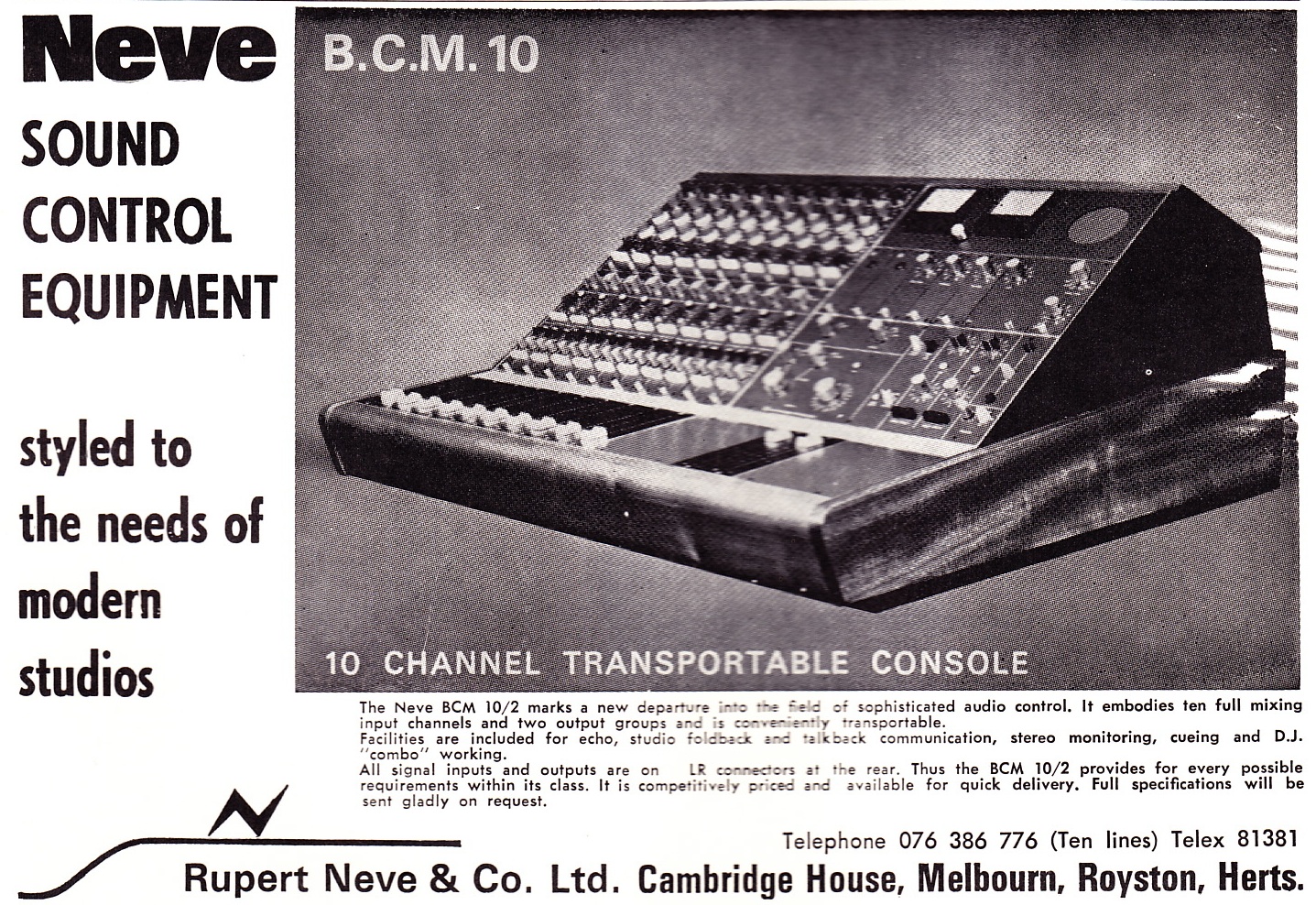
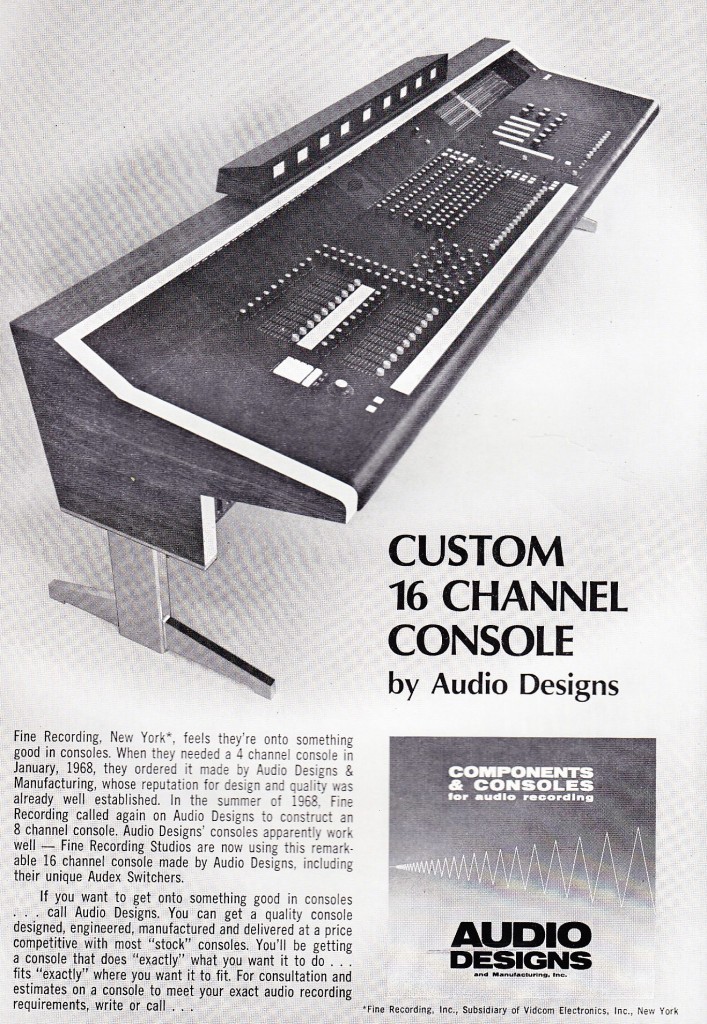
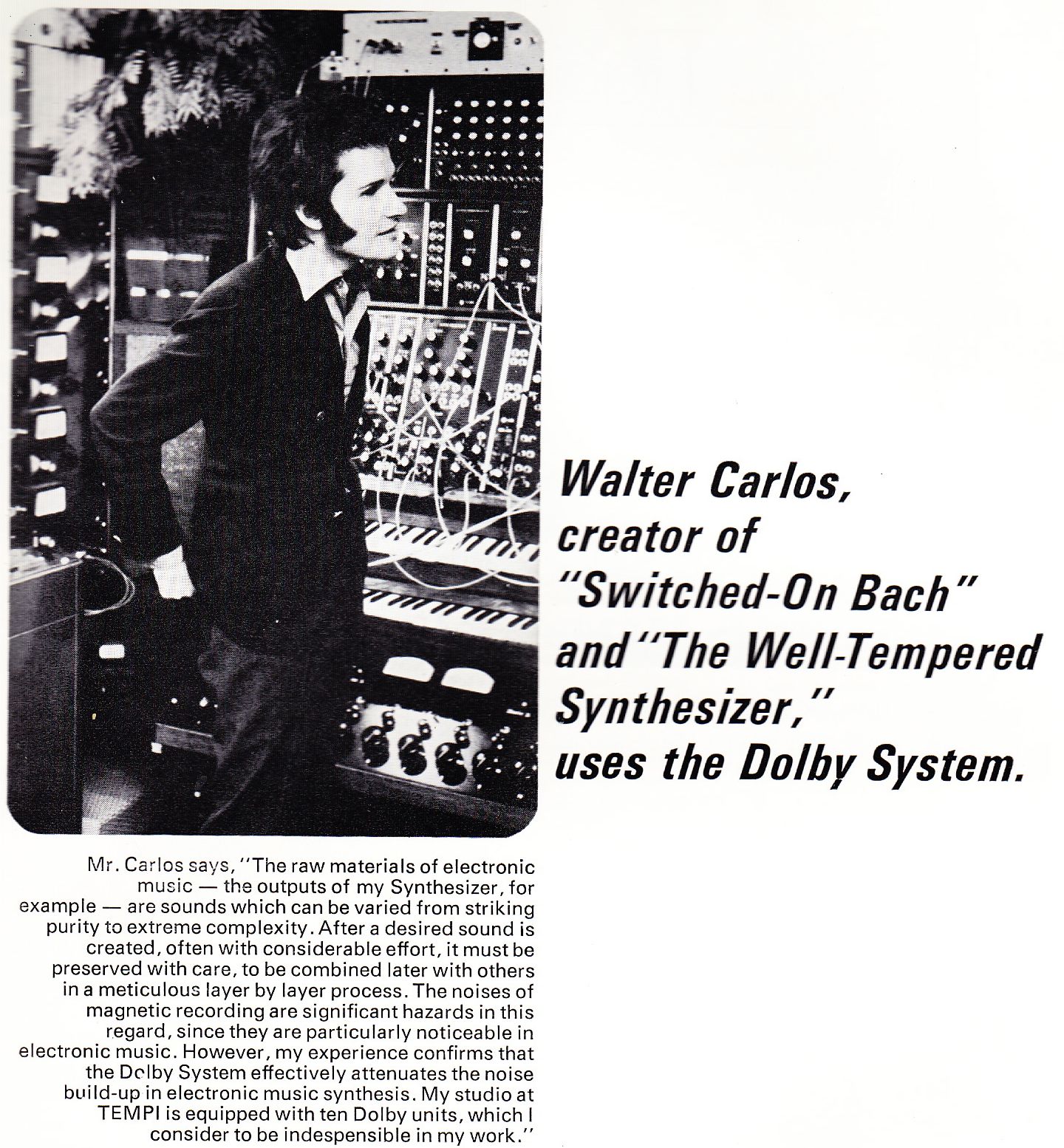
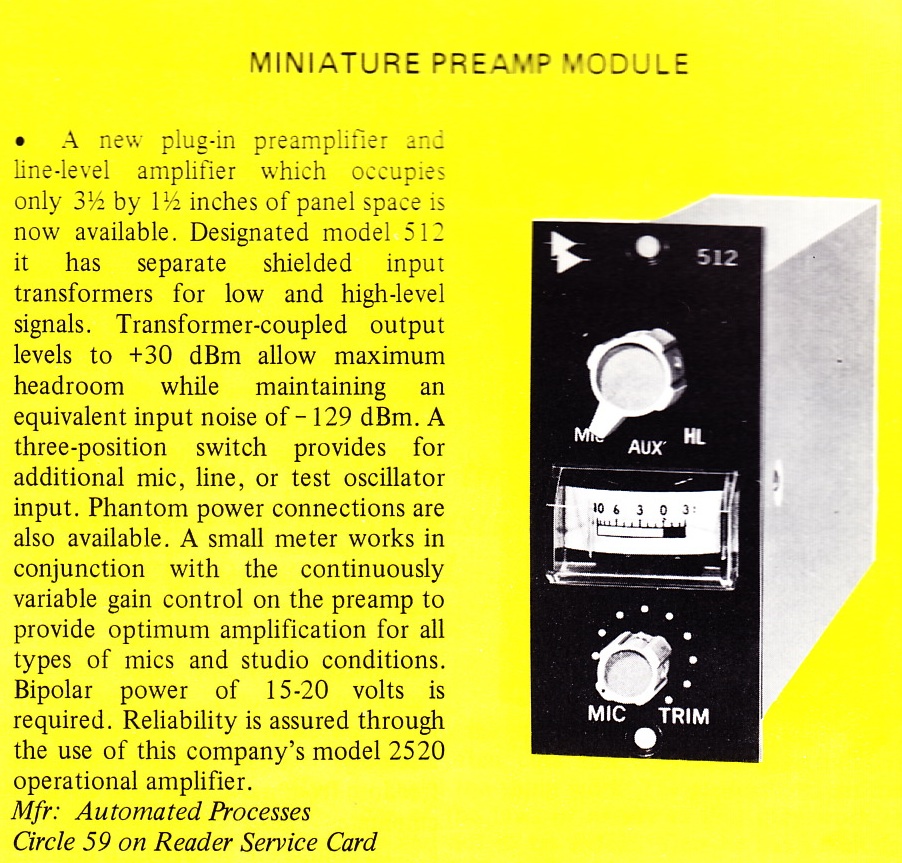
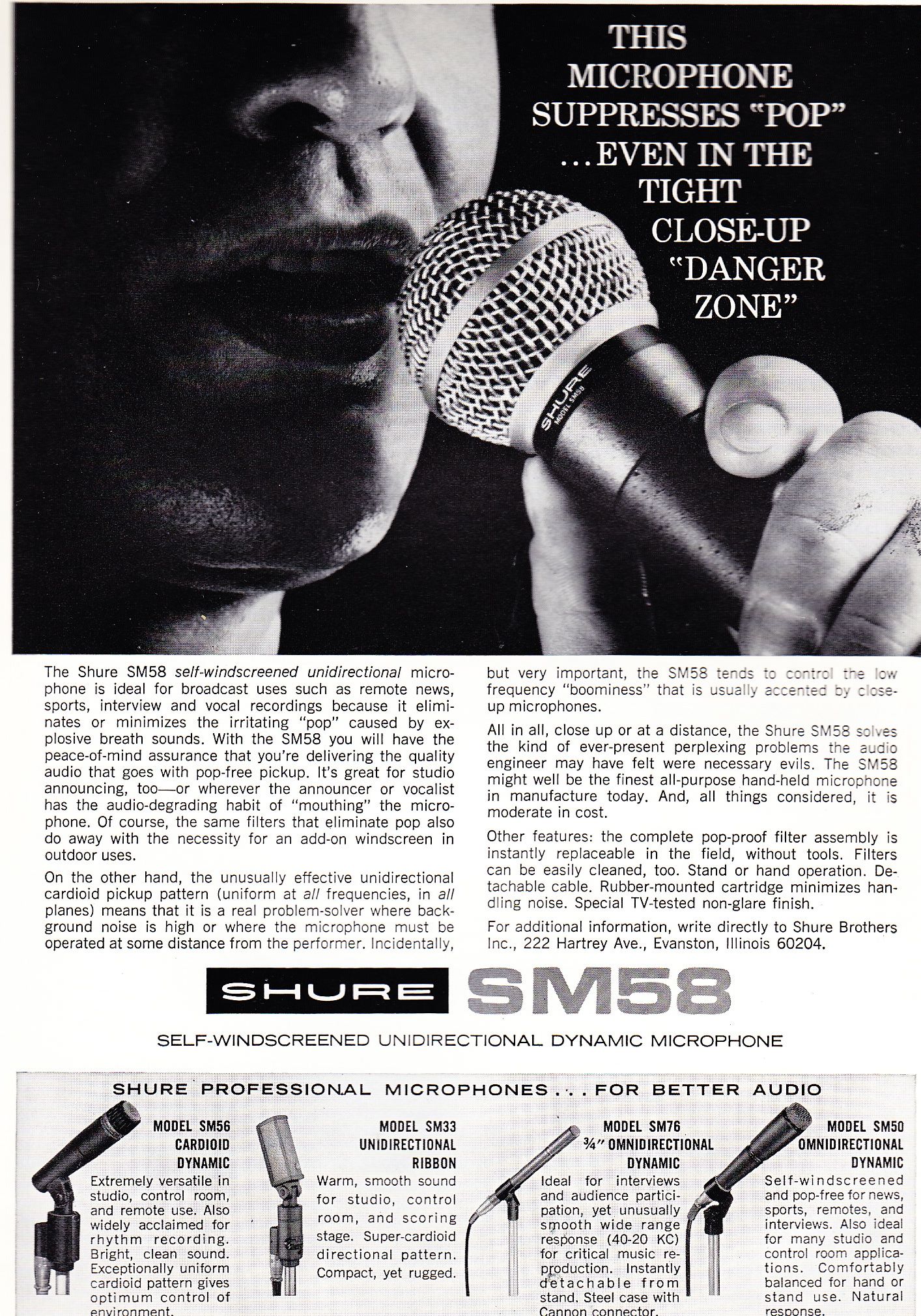
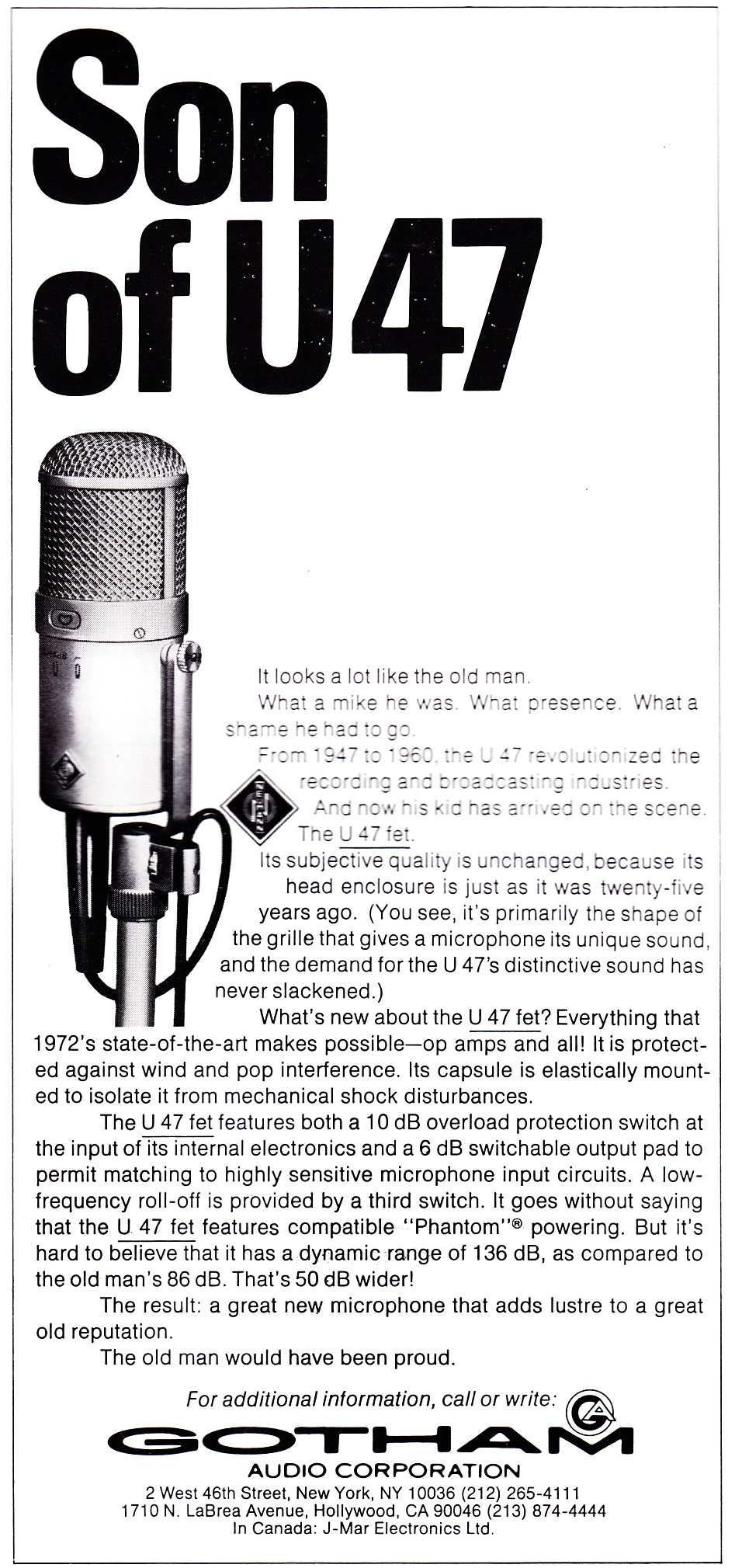
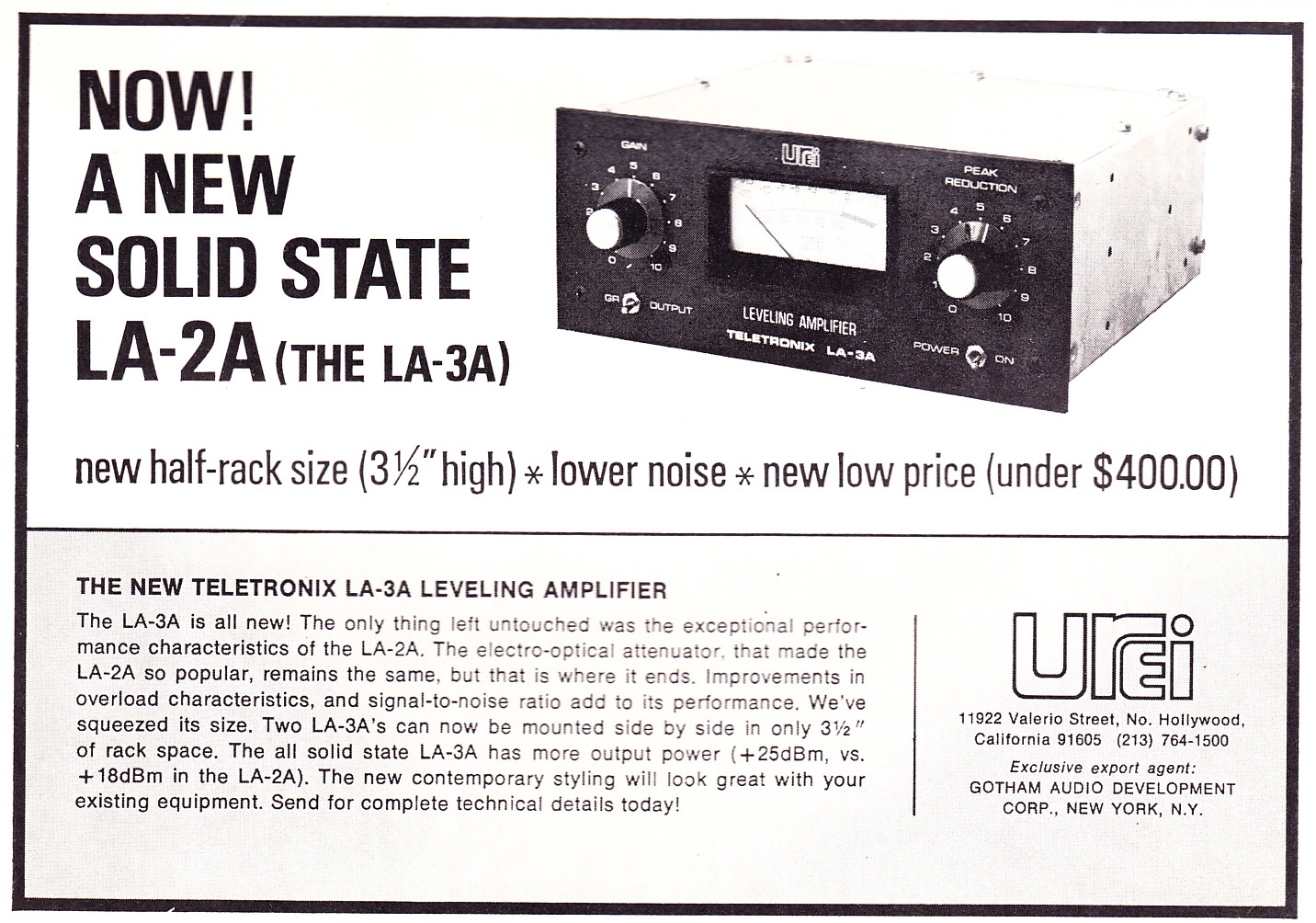
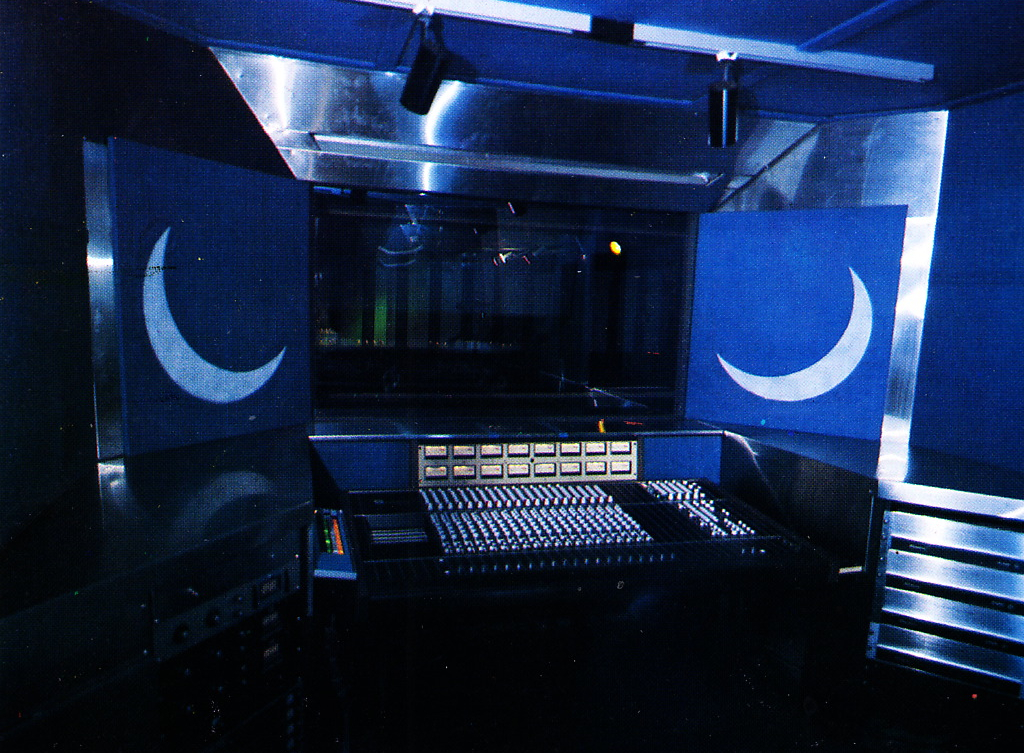

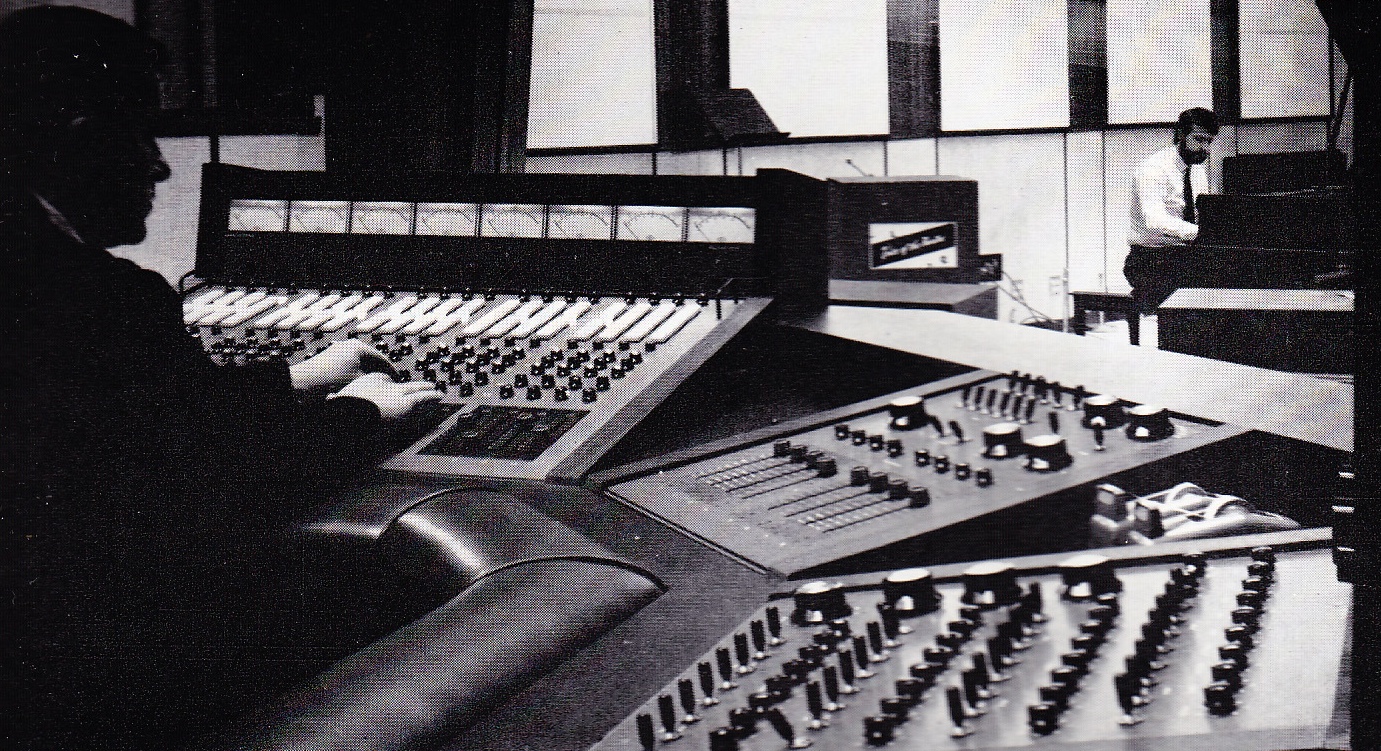
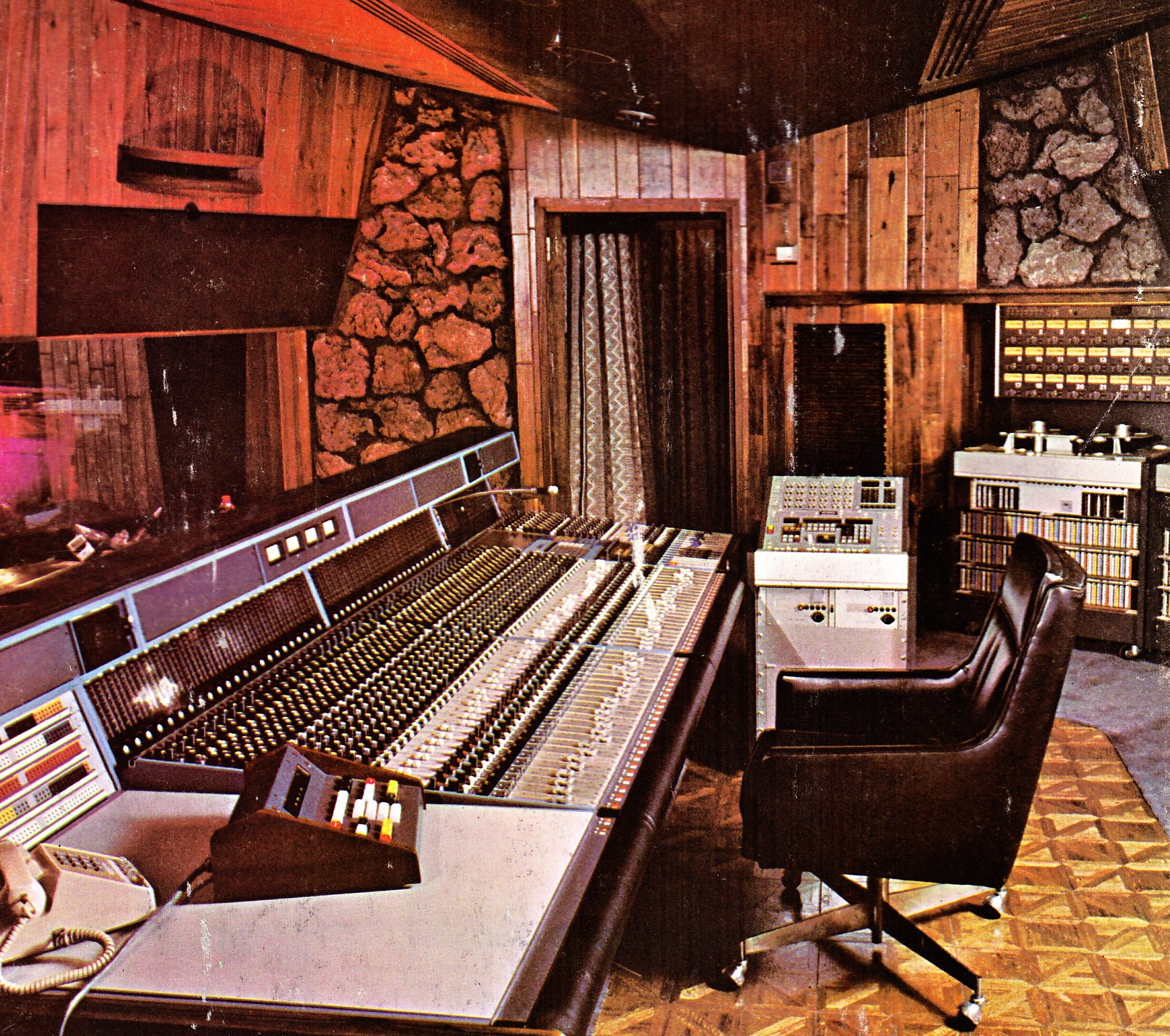 Fantasy Studio, San Francisco
Fantasy Studio, San Francisco 